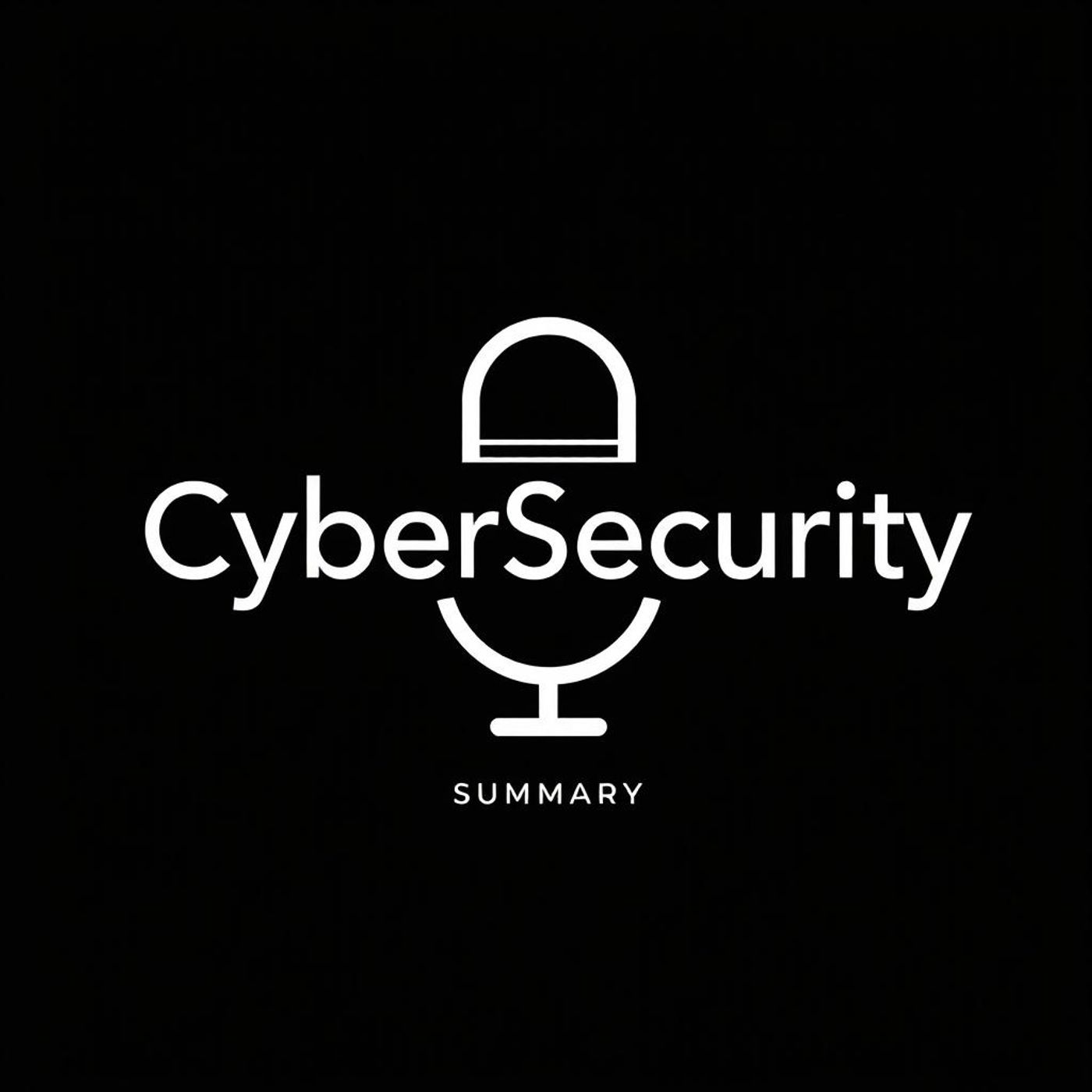CyberSecurity Summary
CyberSecurity Summary is your go-to podcast for concise and insightful summaries of the latest and most influential books in the field of cybersecurity.Each episode delves into the core concepts, key takeaways, and practical applications of these books, providing you with the knowledge you need to stay ahead in the ever-evolving world of cybersecurity.Whether you’re a seasoned professional or just starting out, CyberSecurity Summary offers valuable insights and discussions to enhance your understanding and keep you informed.You can listen and download our episodes for free on more than 10 different platforms:https://linktr.ee/cyber_security_summary
Drone Technology in Architecture, Engineering and Construction: A Strategic Guide to Unmanned Aerial Vehicle Operation and Implementation
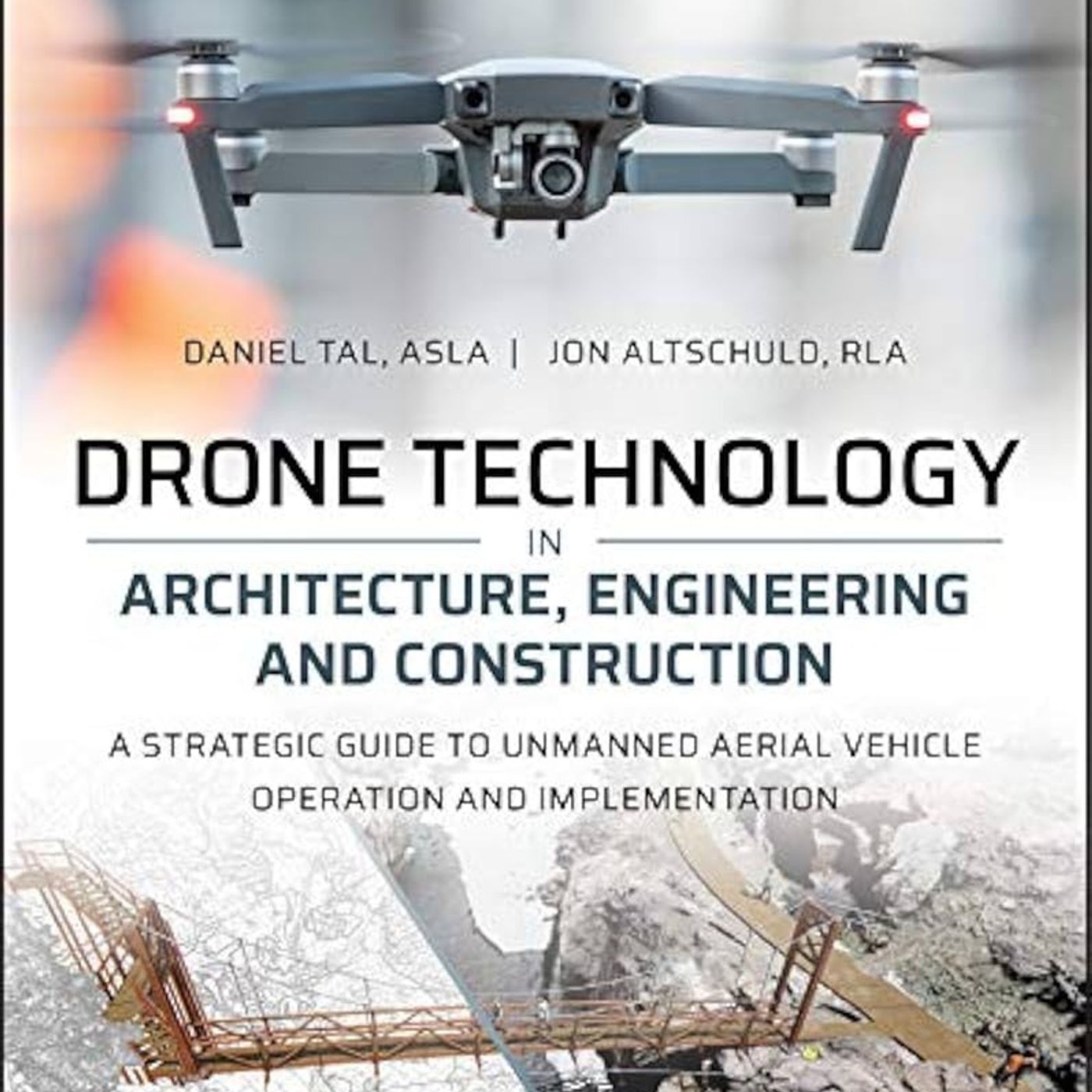
Explores the strategic implementation and operation of unmanned aerial vehicles (UAVs) within the AEC industries. It covers the practical aspects of drone use, including selecting appropriate hardware and software, understanding regulations and licensing requirements—specifically in the United States—and managing associated costs. The book also details how drone-collected data, such as imagery, videos, and photogrammetry, can be visualized and utilized throughout a project's lifecycle, from initial site analysis to construction monitoring, emphasizing the transformative impact of this technology on traditional practices. Furthermore, it addresses potential risks and offers best practices for safe and effective drone operations, ultimately looking towa...
Doing Data Science: Straight Talk from the Frontline
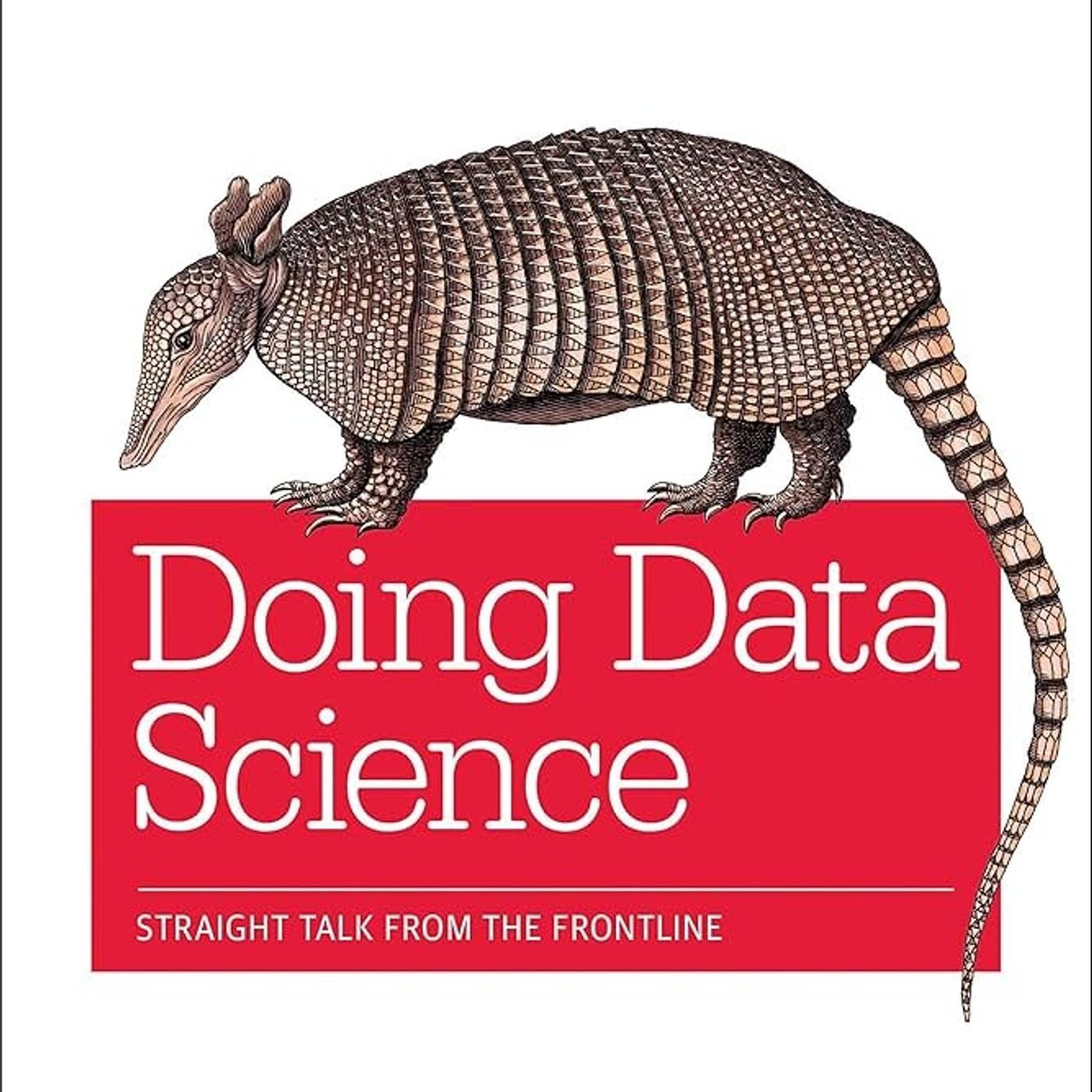
offers an overview of data science, drawing from a book based on a university course. It explores various algorithms and models such as linear and logistic regression, Naive Bayes, k-means, and singular value decomposition, providing practical applications like spam filtering and recommendation engines. The sources also discuss essential concepts including exploratory data analysis, feature selection, data visualization, and the challenges of working with Big Data and timestamped information. Furthermore, they address the ethical implications of data science, emphasizing the importance of understanding causality and avoiding common pitfalls like data leakage and overfitting.
You can listen...
Distributed Denial of Service Attacks: Real-world Detection and Mitigation
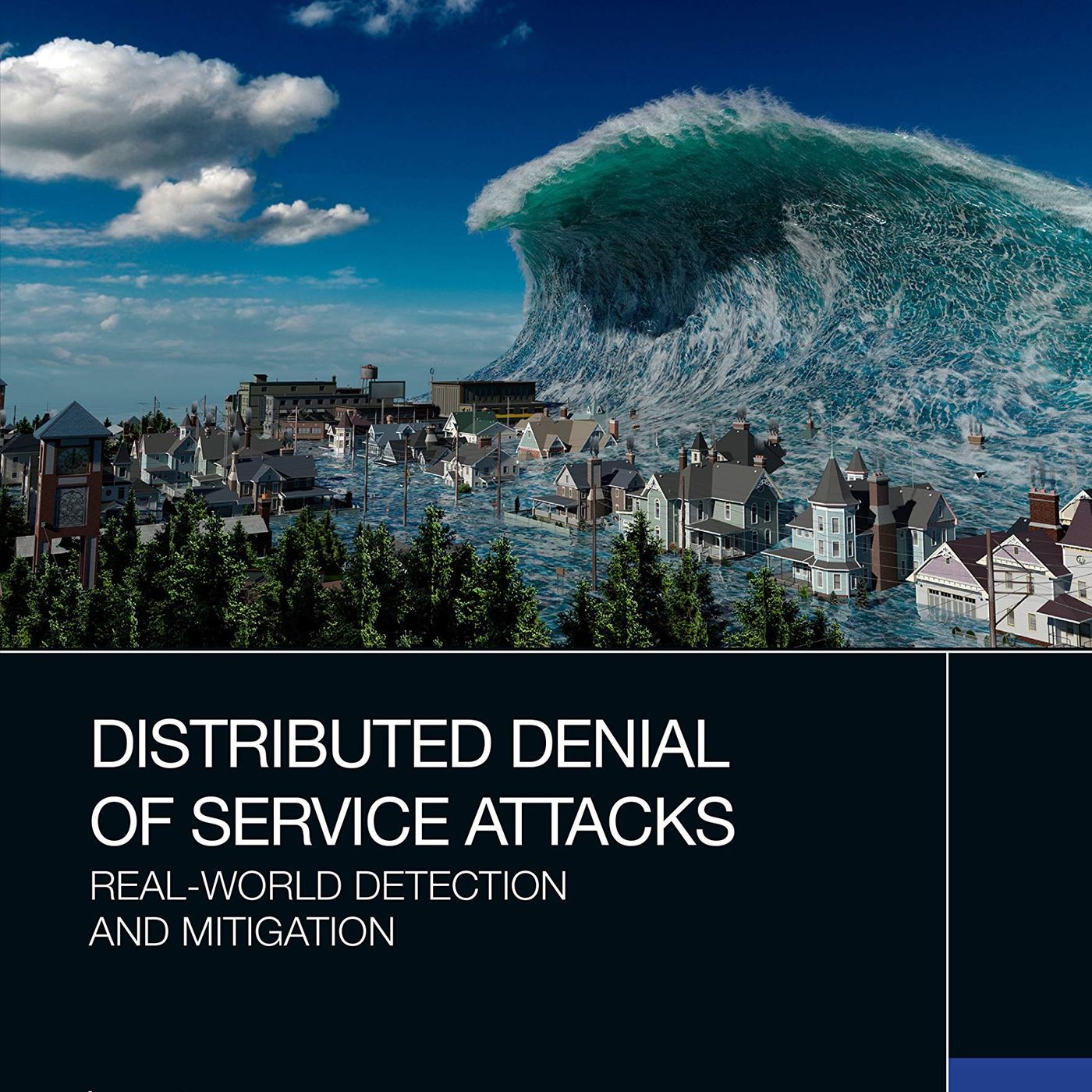
Focusing on Distributed Denial of Service (DDoS) attacks. Authored primarily by Dr. Ilker Özçelik and Dr. Brooks, the book offers a comprehensive and technical examination of DDoS, including historical context, attack methodologies (symmetric, asymmetric, application-layer), detection approaches (signature, anomaly, hybrid, entropy-based), and mitigation strategies (cloud services, CDNs, moving target defense). It also explores the impact of DDoS on critical infrastructure like cyber-physical systems, smart grids, and software-defined networks, providing practical exercises for students to gain hands-on experience in network simulation and traffic generation.
You can listen and download our episodes for free on more th...
Distributed Artificial Intelligence: A Modern Approach (Internet of Everything (IoE))
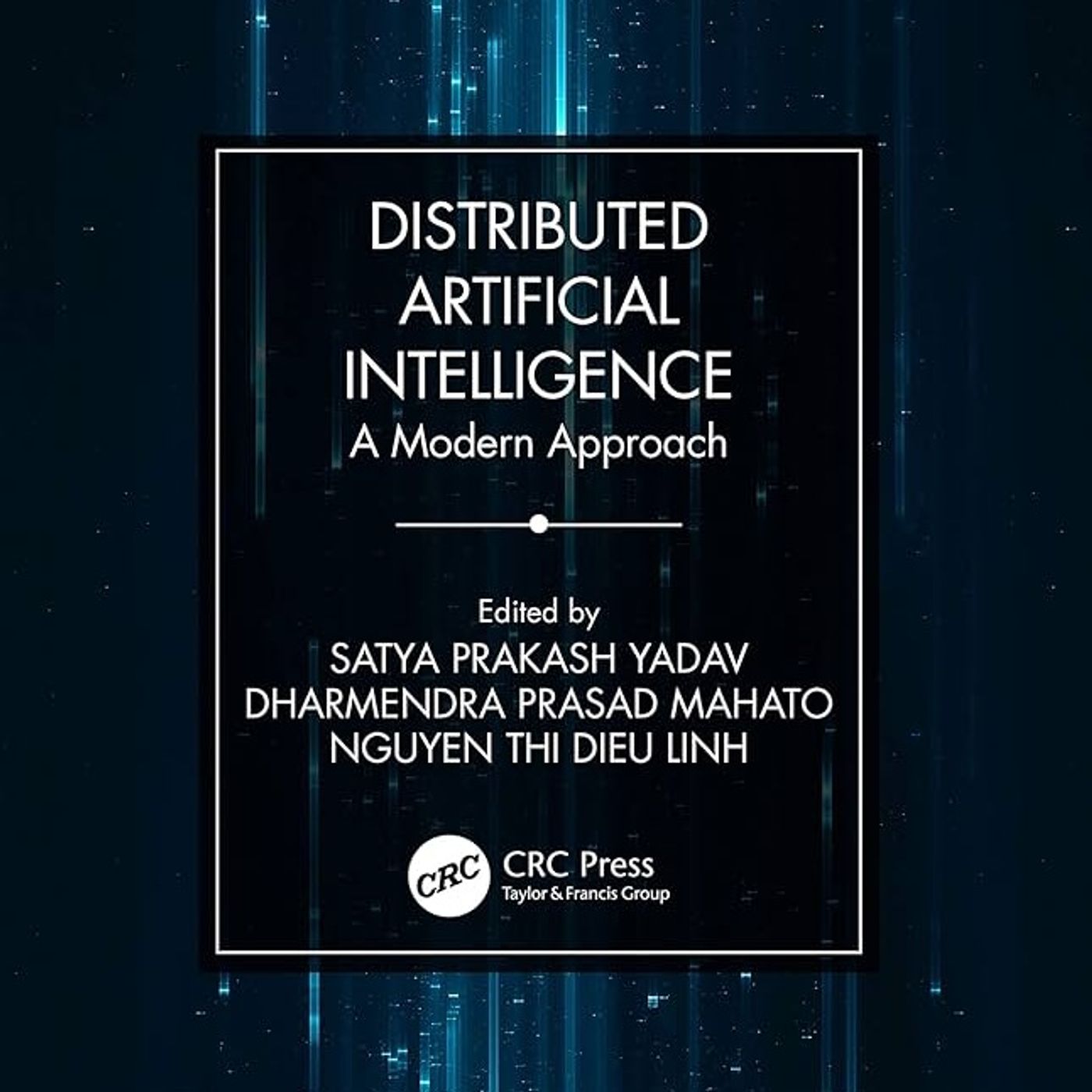
Explores the multifaceted field of Distributed Artificial Intelligence (DAI), emphasizing its application in solving complex problems through coordinated semi-autonomous agents. The source covers foundational concepts like multi-agent planning and communication, alongside practical applications such as document retrieval, intelligent transport systems (ITS), and secure electronic voting systems leveraging blockchain technology. It also addresses critical aspects like distributed consensus mechanisms, knowledge-based problem-solving, and the architecture of DAI systems, including detailed discussions on frameworks like Agora and testbeds for DAI research. Ultimately, the text provides a broad overview of DAI's theoretical underpinnings, practical implementations, and ongoing challenges in areas like data science...
Deep Reinforcement Learning with Python: Master classic RL, deep RL, distributional RL, inverse RL, and more with OpenAI Gym and TensorFlow
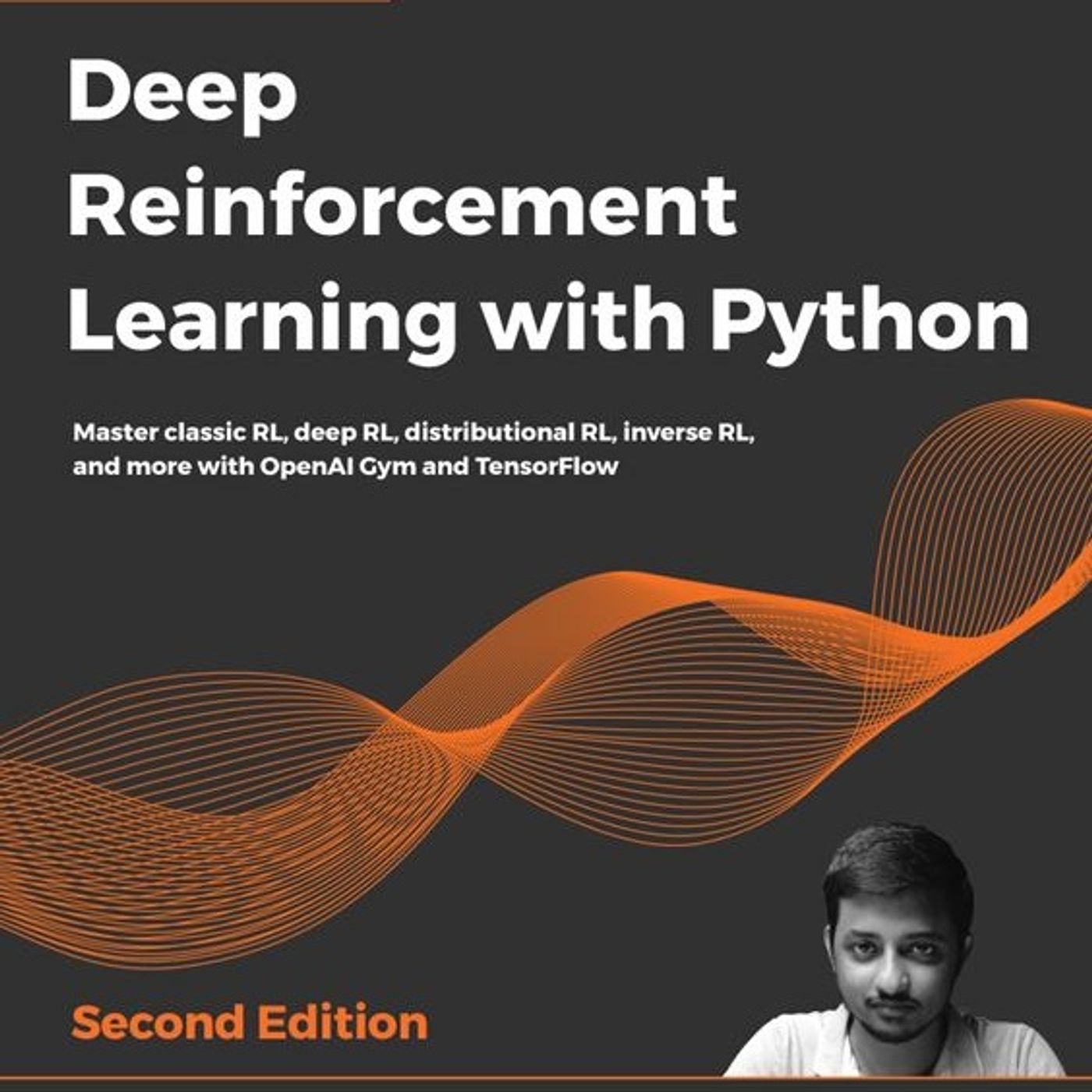
Explores various aspects of reinforcement learning (RL) and deep reinforcement learning (DRL), covering both foundational concepts and advanced algorithms. Authored by Sudharsan Ravichandiran, a data scientist and researcher, the book explains core RL ideas such as rewards, policies, Markov Decision Processes (MDPs), and value functions, using practical examples like the Frozen Lake and Atari environments. It progresses into deep learning (DL) fundamentals, including neural networks, activation functions, and optimization algorithms like gradient descent. The book then details prominent DRL algorithms, including Deep Q Networks (DQN) and its variants, policy gradient methods (REINFORCE, Actor-Critic, A2C, A3C, DDPG, TD3...
Deep Learning with PyTorch 1.x: Implement deep learning techniques and neural network architecture variants using Python
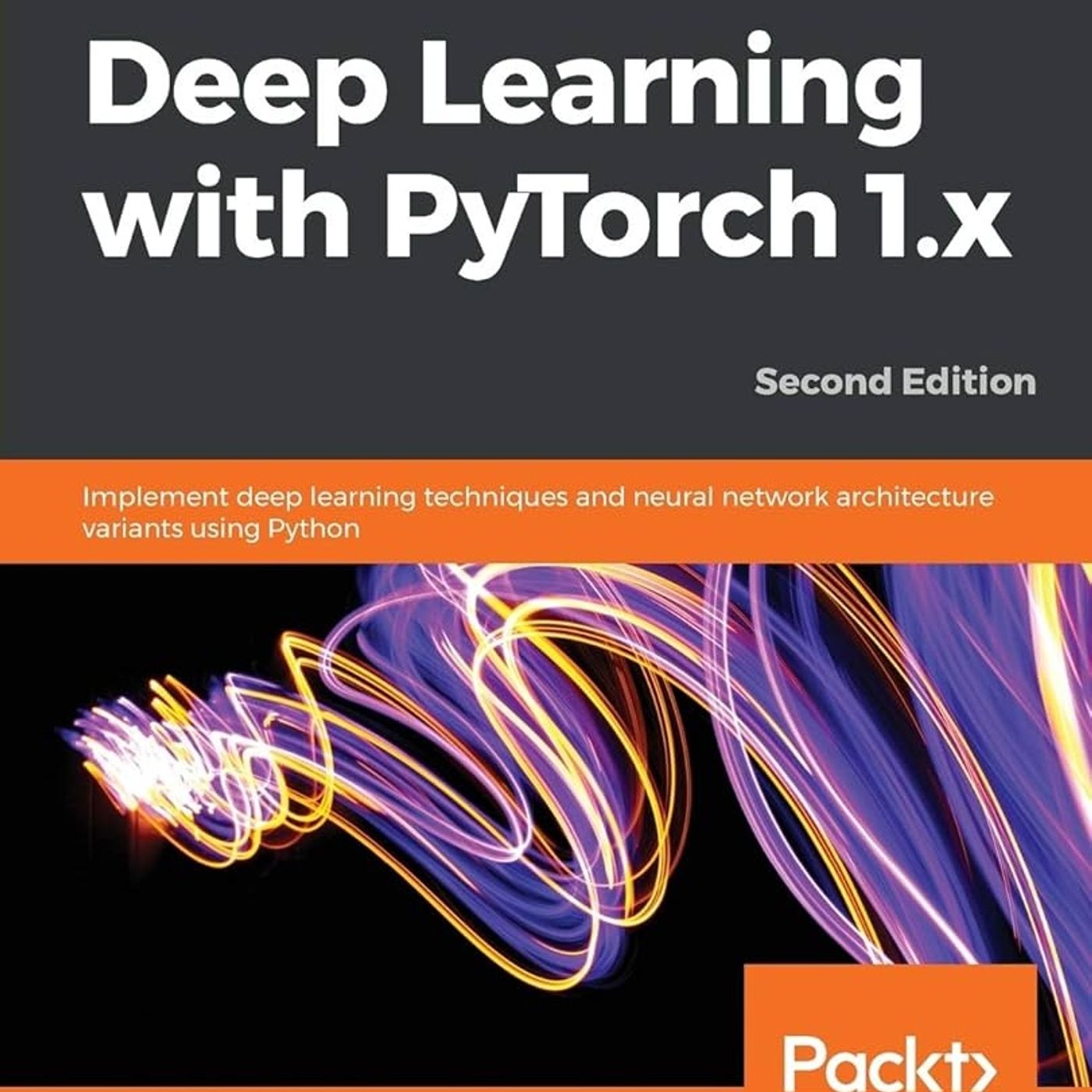
Provides a comprehensive guide to implementing deep learning techniques and neural network architectures using Python and the PyTorch framework. Authored by Laura Mitchell Sri. Yogesh K. and Vishnu Subramanian, it covers foundational concepts like neural network structure, tensors, and training processes, progressing to advanced topics such as computer vision using convolutional neural networks (CNNs) and transfer learning. The text further explores natural language processing (NLP), including text tokenization, word embeddings, and recurrent neural networks (RNNs) like LSTMs. Additionally, it introduces unsupervised learning through autoencoders, restricted Boltzmann machines (RBMs), generative adversarial networks (GANs), and deep reinforcement learning concepts like Deep...
Cybersecurity - Attack and Defense Strategies: Infrastructure security with Red Team and Blue Team tactics
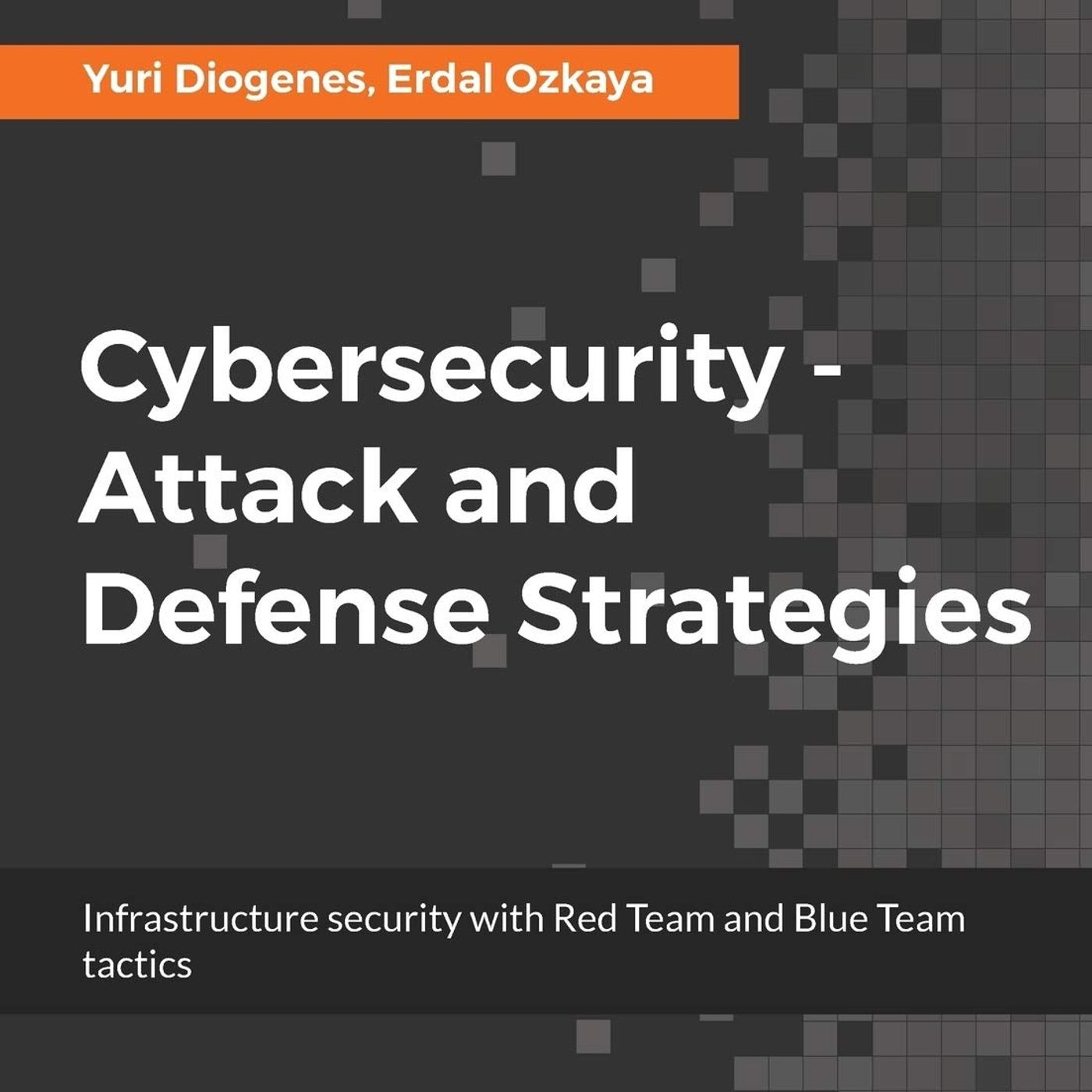
Offers a comprehensive guide to cybersecurity, focusing on attack and defense strategies for infrastructure security. It explores the current threat landscape, detailing various attack methodologies like reconnaissance, system compromise, identity theft, and lateral movement, using tools such as NMap and Metasploit. The text also covers defensive measures, including establishing a strong security posture, implementing effective incident response processes, utilizing active sensors like IDS and IPS, leveraging threat intelligence, and performing vulnerability management and log analysis. Ultimately, it aims to equip readers with the knowledge to both understand and counteract modern cyber threats.
You can listen...
Cyber-Security Threats, Actors, and Dynamic Mitigation
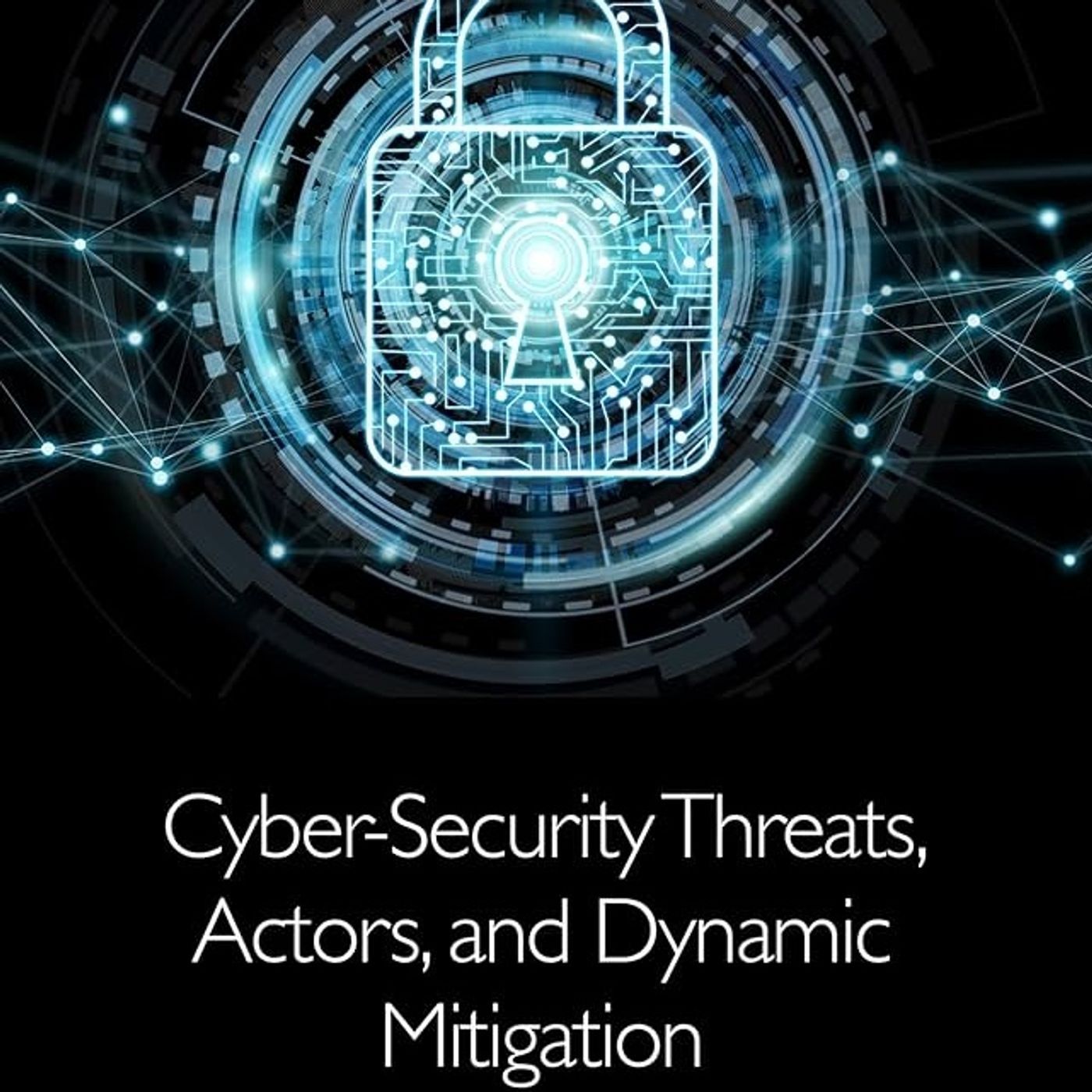
Explores various facets of cybersecurity, ranging from system and network threats to cryptographic vulnerabilities. It examines cyber-attack methodologies, including reconnaissance, malware, and denial-of-service attacks, while also discussing detection and mitigation techniques like vulnerability scanning and intrusion response systems. The sources collectively highlight the importance of understanding attacker profiles, threat modeling, and dynamic risk management for bolstering security in diverse IT infrastructures, particularly smart homes and critical industrial IoT environments. Furthermore, the material introduces graphical security models like attack graphs, which aid in visualizing attack paths and assessing risk, ultimately emphasizing the need for adaptable and intelligent defense strategies.<...
Cybersecurity – Attack and Defense Strategies: Counter modern threats and employ state-of-the-art tools and techniques

Provides an extensive overview of cybersecurity strategies, detailing both attack and defense methodologies. It covers the lifecycle of cyberattacks, from initial reconnaissance using various tools and social engineering techniques to system compromise, lateral movement within a network, and privilege escalation. The text also explores defensive measures, including incident response processes, network segmentation, active sensors for threat detection, vulnerability management, and the critical role of log analysis in identifying and mitigating security incidents. Numerous practical examples, lab scenarios, and specific tools are discussed to illustrate these concepts.
You can listen and download our episodes for free...
Cyber Security: Threats and Responses for Government and Business

Provides an extensive overview of cybersecurity threats and responses, highlighting the dynamic and evolving nature of the cyber domain. It examines how the Internet, while a powerful tool for societal advancement, is vulnerable to disruption and exploitation by various actors, including state-sponsored entities and terrorist organizations. The text emphasizes the historical context of terrorism and how modern groups like ISIS have leveraged the Internet for propaganda and recruitment, while also discussing defensive measures like the U.S. Cyber Command's Joint Task Force Ares. Furthermore, it explores the challenges of regulation and international cooperation in the face of cyber espionage...
Cyber Security: The CISO Quick Start Guide: Enterprise Security Operations Risk Management Architecture for Chief Information Security
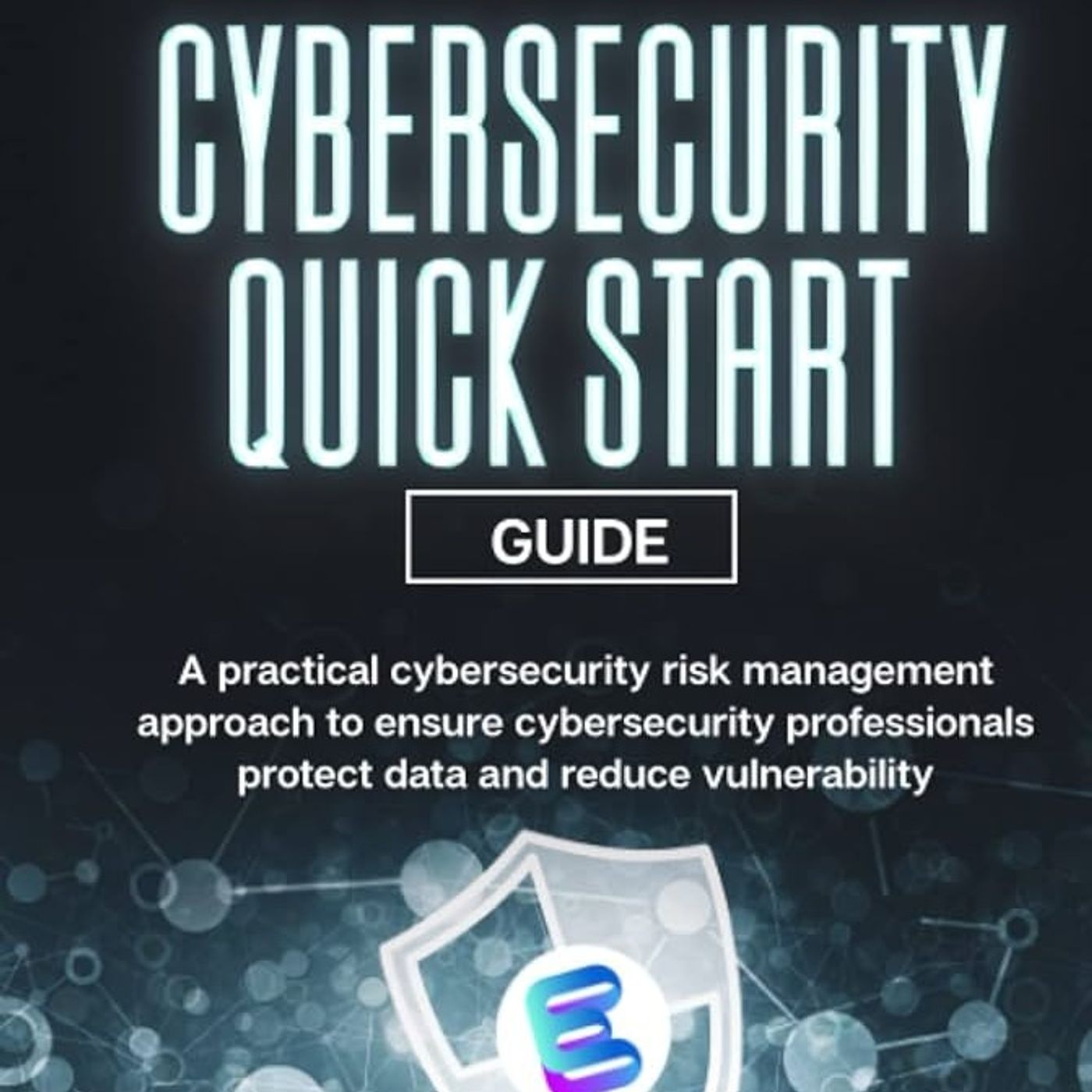
Introduces ESORMA, an Enterprise Security Operations Risk Management Architecture. This guide provides a practical, eight-domain framework—Scope, Priority, Evaluate, Enable, Harden, Monitor, Operations, and Comply—designed to assist Chief Information Security Officers (CISOs) and other cyber professionals in implementing robust cybersecurity measures. It emphasizes clear communication of security concepts to management, focusing on business benefits like cost reduction, increased efficiency, and improved client assurance, rather than technical jargon. The authors highlight the importance of integrating security into core business operations and offer free online resources to support the framework's application.
You can listen and download our...
Cyber Defense Mechanisms: Security, Privacy, and Challenges (Artificial Intelligence (AI): Elementary to Advanced Practices)
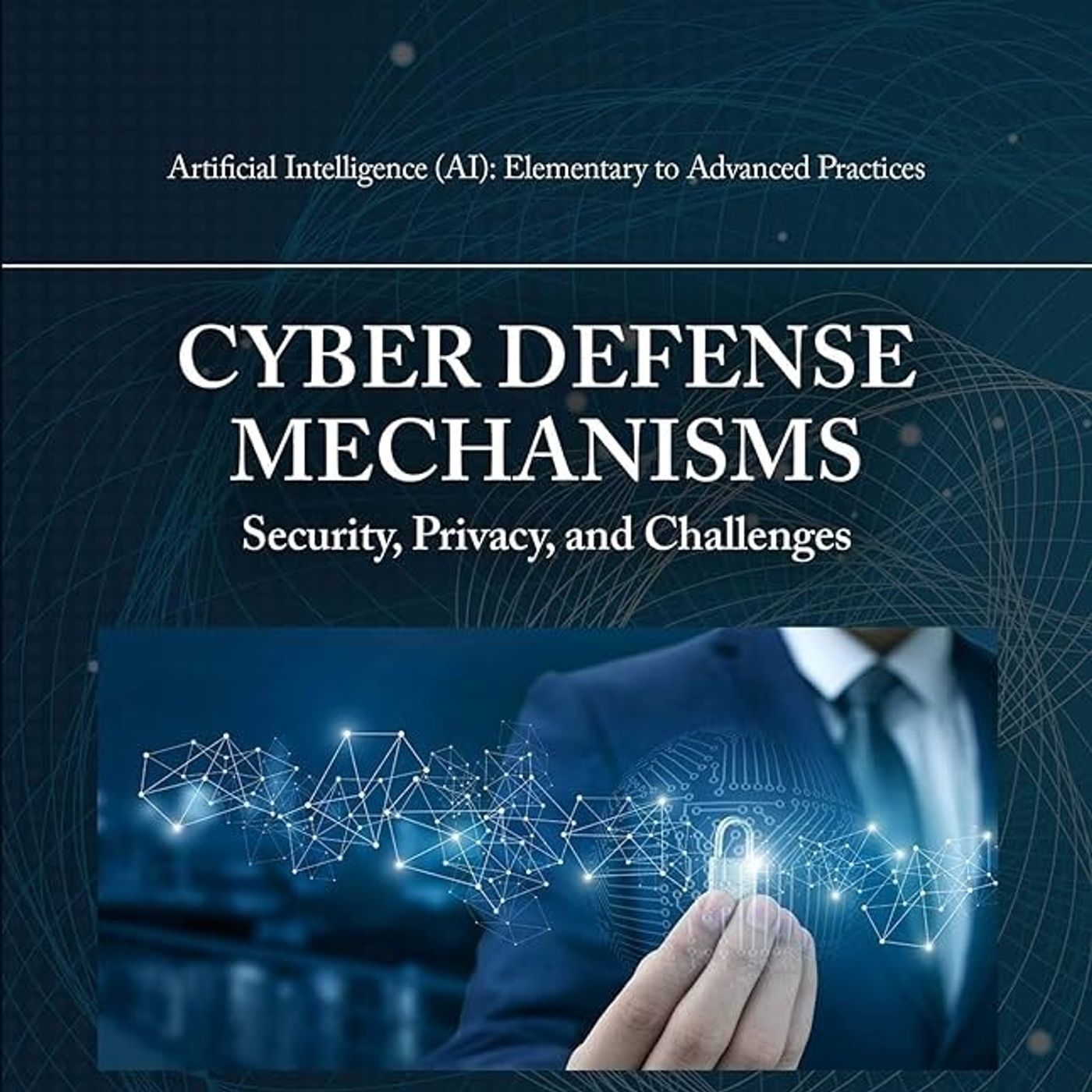
Explores various facets of cybersecurity. It covers threats to computer networks, cyber-physical systems, and the Internet of Things (IoT), alongside defensive strategies. The text discusses lightweight security protocols, particularly in the context of blockchain technology and its applications like energy trading and vehicular networks. It also addresses challenges in data-intensive techniques, malware modeling, and the integration of AI in system defense, while additionally featuring a chapter on web-based smart agriculture systems.
You can listen and download our episodes for free on more than 10 different platforms:
https://linktr.ee/cyber_security_summary<...
Cyber Victimology: Decoding Cyber-Crime Victimisation

Examines the evolution of victimology to include cybercrime, discussing various patterns of cyber victimization affecting individuals, companies, and governments. The book explores the roles of victims and perpetrators, analyzes the challenges in policing cybercrimes due to jurisdictional complexities and evolving tactics, and outlines victim's rights within this digital landscape. Halder, a distinguished law professor and founder of the Centre for Cyber Victim Counselling (CCVC), also highlights penological approaches and therapeutic jurisprudence in addressing cybercrime.
You can listen and download our episodes for free on more than 10 different platforms:
https://linktr.ee/cyber...
Cyber Arms
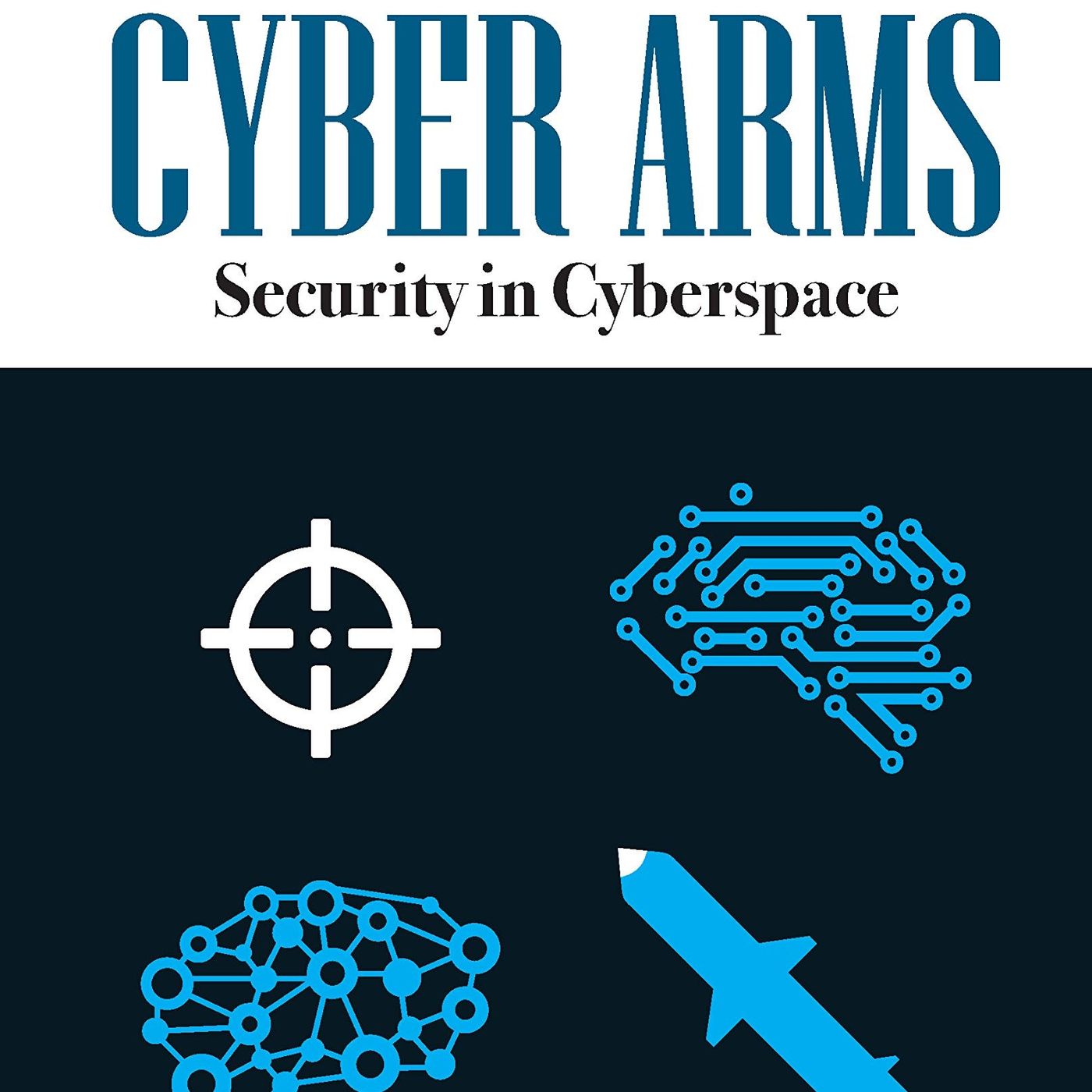
Explores the multifaceted evolution and implications of cyber warfare and cybersecurity. It traces the history of malicious code from simple pranks to sophisticated cyber weapons, highlighting significant cyberattack events like the 2007 Estonia attacks and the Stuxnet worm. The text examines the dual-use nature of cyber tools, usable for both offensive and defensive operations, and discusses the challenges of attribution in cyberattacks due to anonymity-providing technologies. Furthermore, it analyzes the increasing role of Artificial Intelligence (AI) in both conducting and defending against cyberattacks, emphasizing the development of lethal autonomous weapon systems (LAWS). Finally, the document details national and international efforts...
Create Graphical User Interfaces with Python: How to build windows, buttons, and widgets for your Python projects
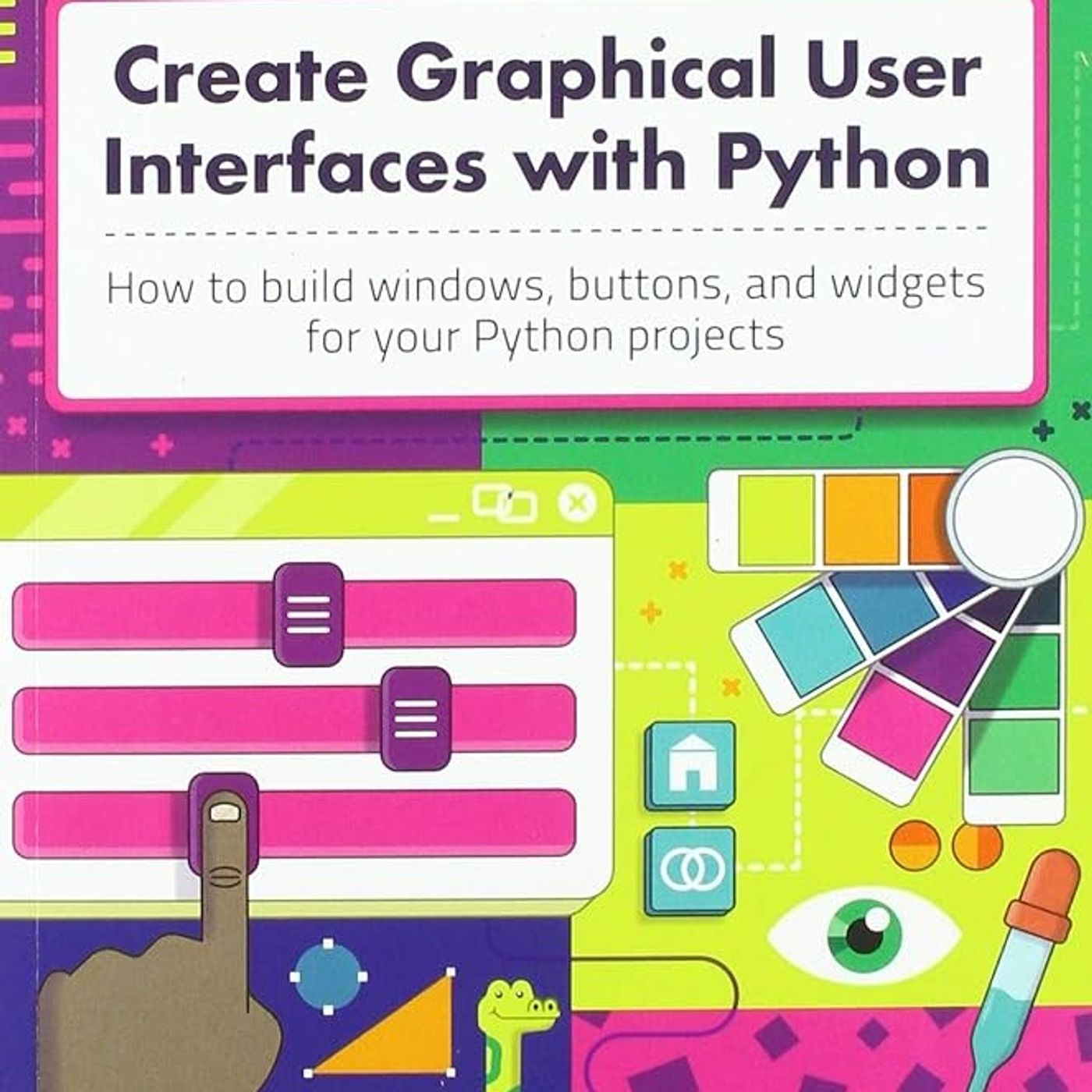
Focuses on teaching users how to develop graphical user interfaces (GUIs) using Python and the guizero library. It covers various aspects, from creating basic windows, text boxes, and buttons to implementing event-based programming for interactive applications. The text includes practical projects like building a Meme Generator, a Tic-tac-toe game, and an Emoji Match game, while also offering insights into good and bad user interface design. Furthermore, it provides detailed setup instructions for Python and IDEs like IDLE and Thonny, along with an overview of guizero widgets and their properties.
You can listen and download our...
C++ Primer (5th Edition)
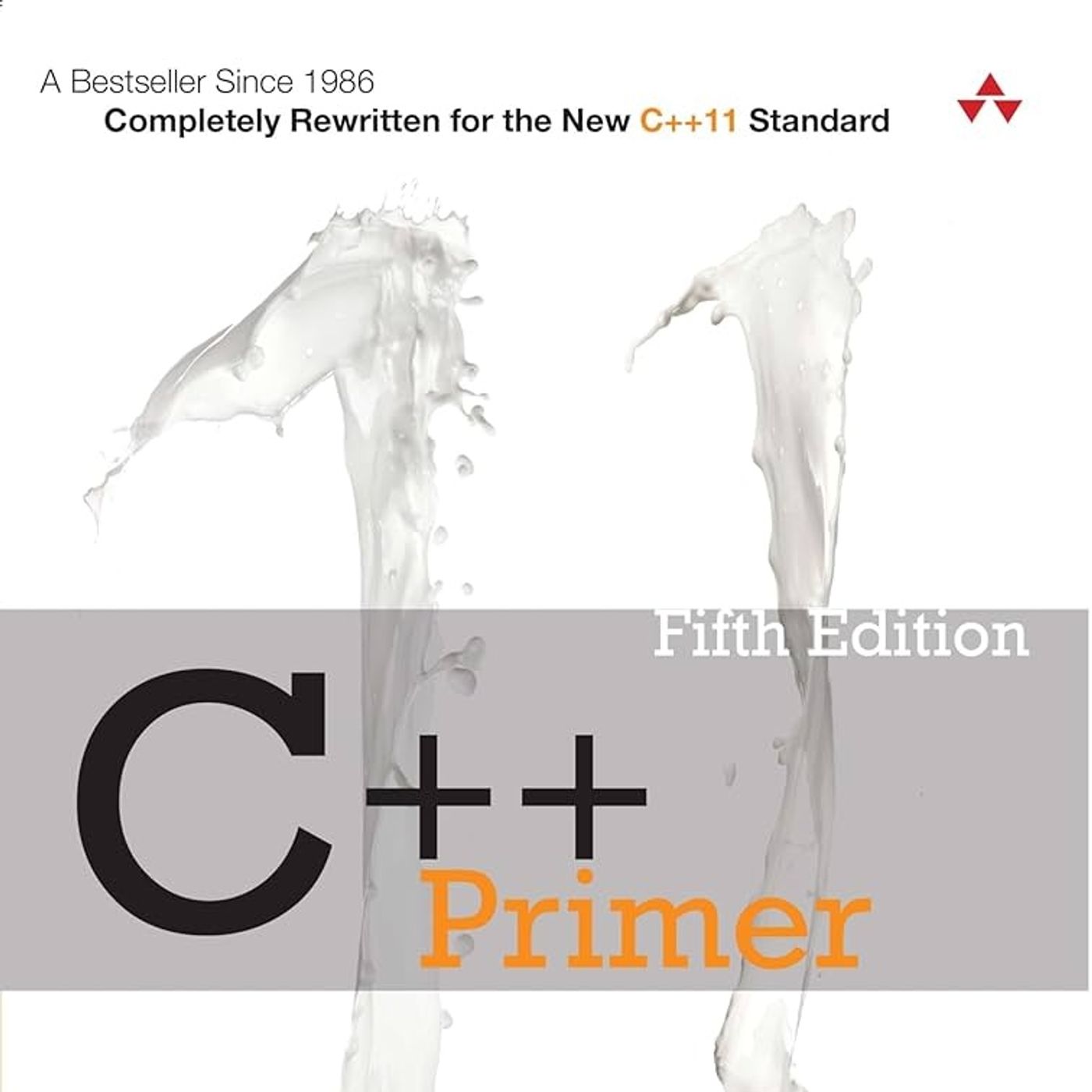
Explains core C++ concepts ranging from basic program compilation and execution on different operating systems to advanced topics like templates, exception handling, and object-oriented programming. It details fundamental control flow statements such as if, while, and for loops, then introduces classes and their initialization, including constructors and destructors. The sources also cover memory management with smart pointers, container types like string, vector, map, and set, and the use of algorithms and iterators. Finally, the text explores inheritance, polymorphism, operator overloading, and namespaces, providing a holistic overview of C++ language features and their application.
You can...
Computer Networking: A Top-Down Approach
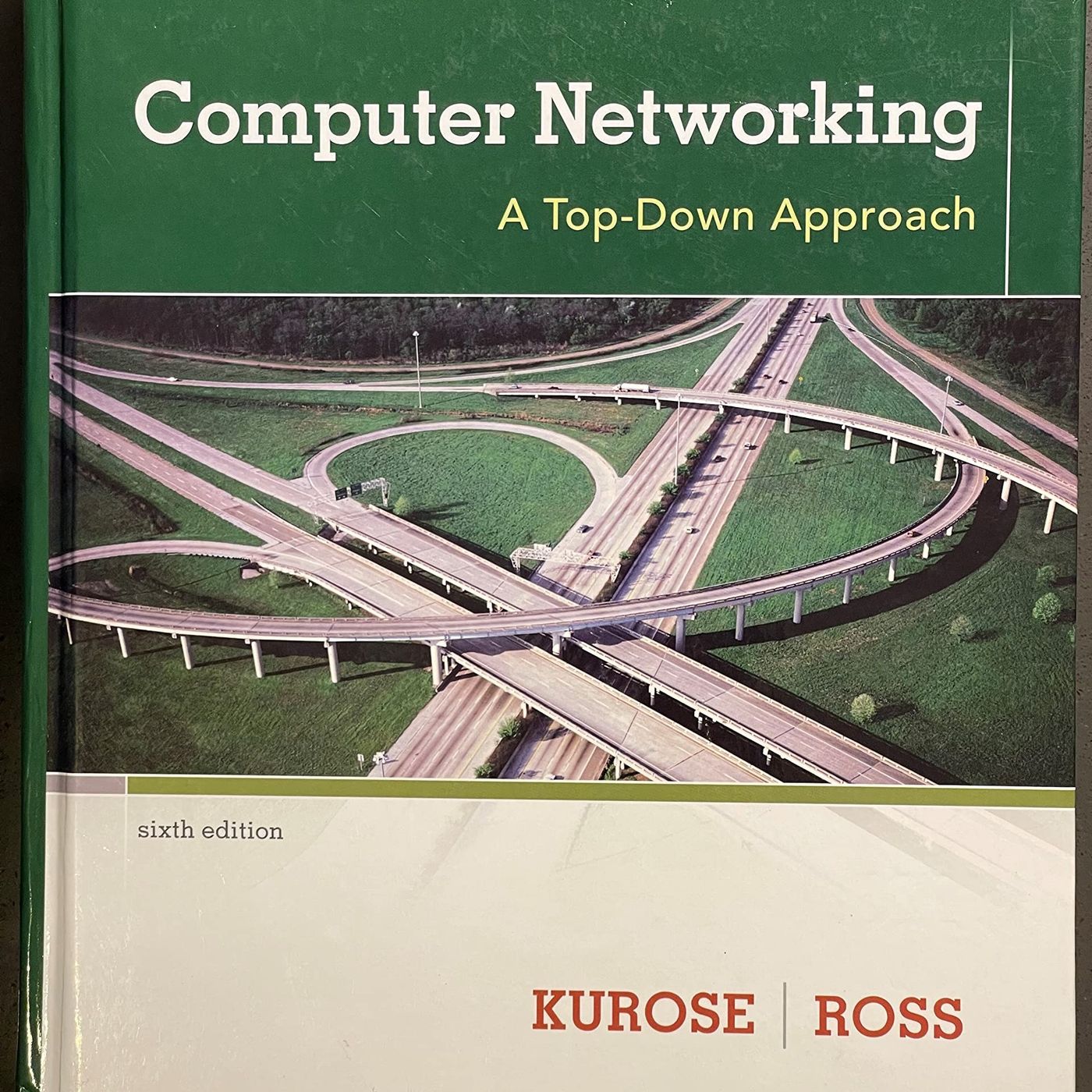
Provides an extensive overview of computer networking and the Internet, starting with foundational concepts like network components, protocols (TCP/IP), and different access technologies such as wired Ethernet and Wi-Fi. It details network core functions, including delay, loss, and throughput in packet-switched networks, and explores application layer protocols like HTTP, FTP, SMTP, and DNS, along with network application architectures (client-server and peer-to-peer). The text further examines transport layer services like reliable data transfer and congestion control offered by TCP and UDP, dives into network layer specifics such as IP addressing (CIDR, DHCP, NAT), routing algorithms (Link-State, Distance-Vector), and inter-AS...
Classic Computer Science Problems in Python
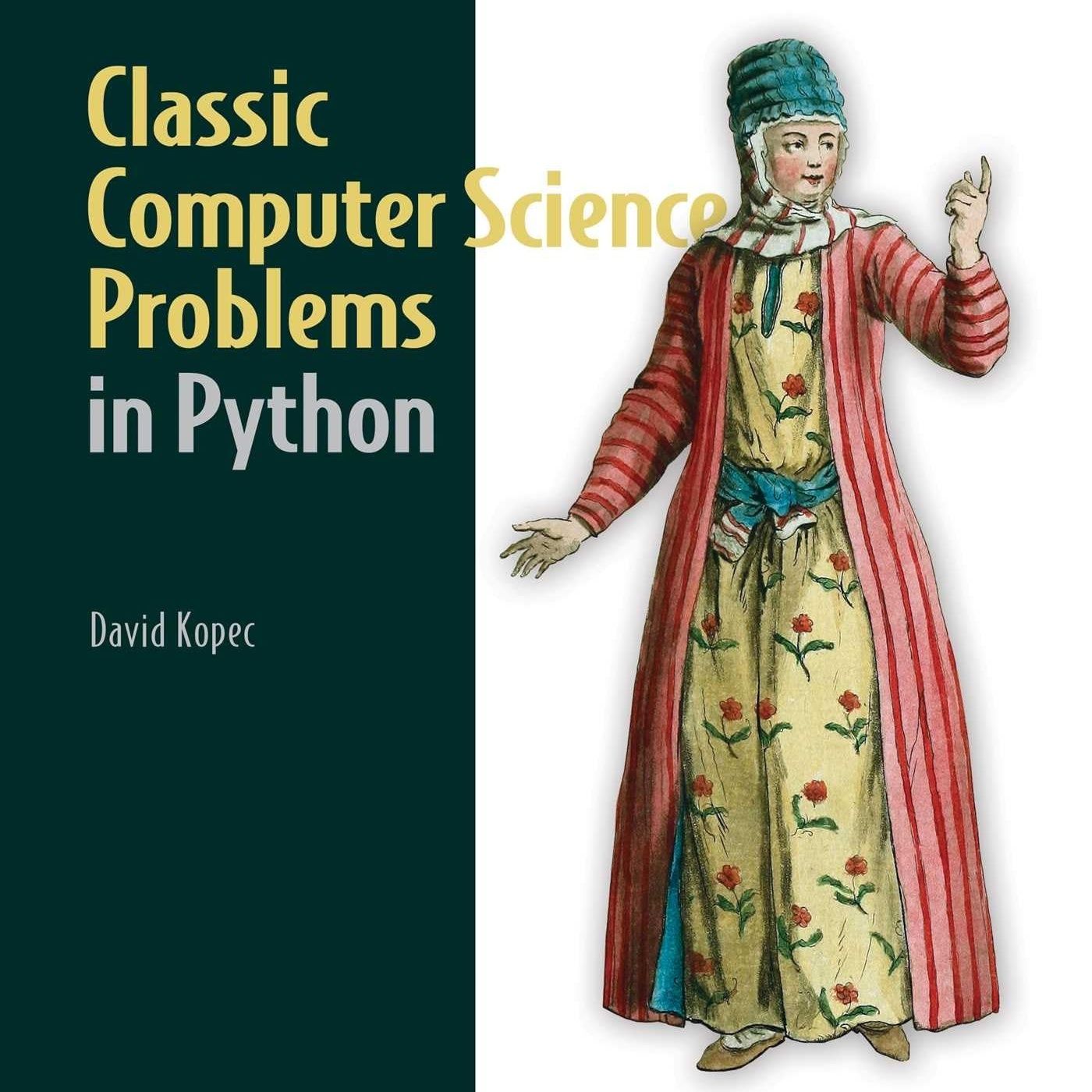
Provides a comprehensive exploration of fundamental computer science concepts and their practical applications using Python 3.7. It covers various problem-solving techniques, including recursion, memoization, and bit manipulation, starting with basic search algorithms like binary search, depth-first search (DFS), and breadth-first search (BFS). The book progresses to more complex topics such as constraint-satisfaction problems (CSPs), graph algorithms (including shortest path and minimum spanning tree), genetic algorithms, and K-means clustering. It also introduces neural networks and discusses miscellaneous problems like the knapsack problem and the Traveling Salesman Problem, emphasizing how these classic solutions apply to real-world scenarios and modern software development challenges.<...
Building Computer Vision Applications Using Artificial Neural Networks: With Step-by-Step Examples in OpenCV and TensorFlow with Python
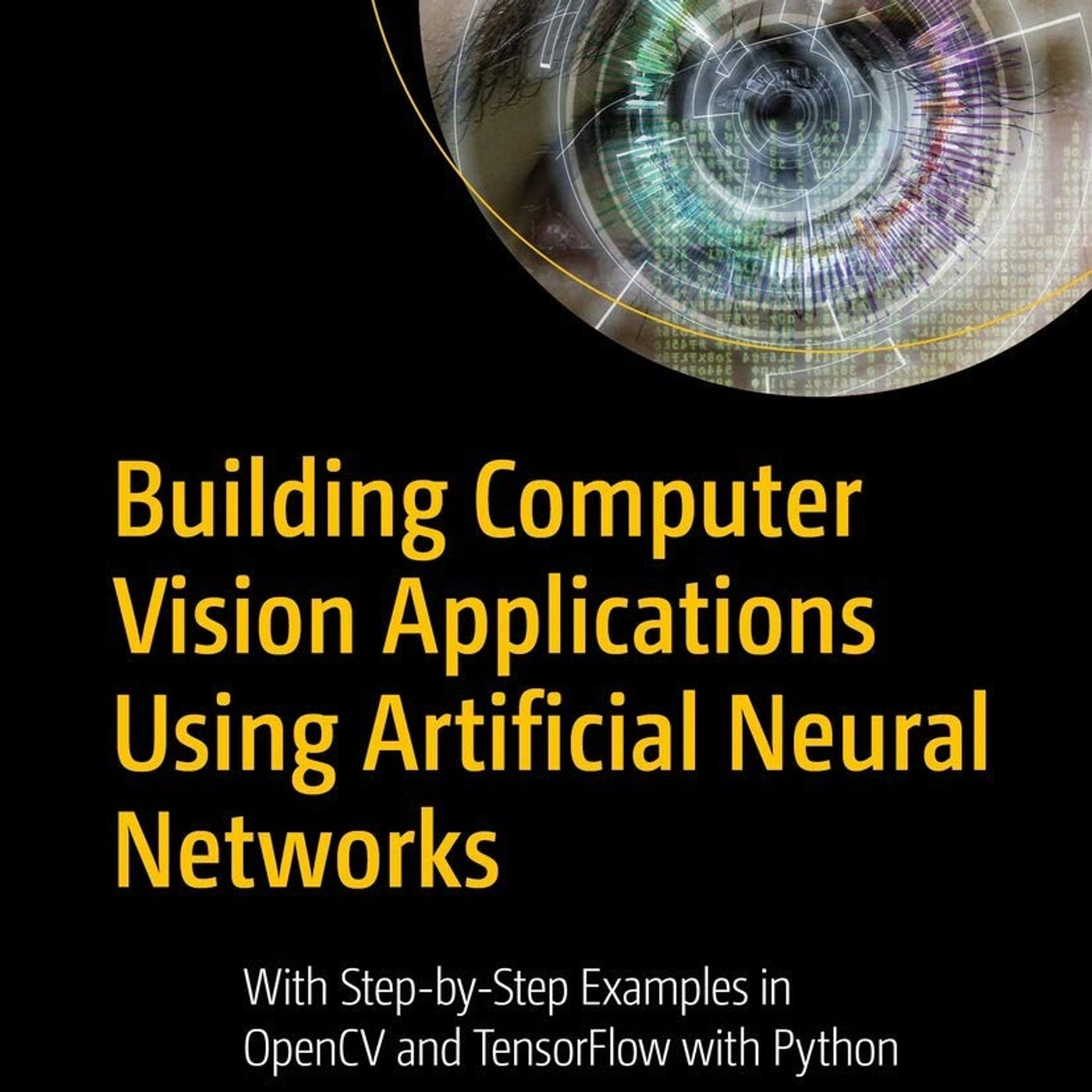
Offers a comprehensive guide to computer vision (CV), primarily focusing on its implementation using artificial neural networks (ANNs) and deep learning (DL). The text covers foundational image processing techniques such as resizing, translation, rotation, flipping, cropping, and arithmetic/bitwise operations. It progresses to explain machine learning (ML) principles, including feature extraction (histograms, GLCM, HOGs, LBP), feature selection (filter, wrapper, embedded methods), and model training (supervised and unsupervised learning), with an emphasis on TensorFlow for coding examples. Furthermore, the source provides practical examples of object detection using SSD and YOLOv3, object tracking in videos, and face recognition with FaceNet, alongside...
Building Android Apps in Python Using Kivy with Android Studio: With Pyjnius, Plyer, and Buildozer

Serves as a comprehensive guide for developers interested in creating cross-platform Android applications with Python. It focuses on leveraging the Kivy framework along with essential tools like Buildozer, Pyjnius, and Plyer. The content progresses from setting up the Kivy development environment and building simple applications to more complex topics such as managing multiple screens, handling camera access and image uploads, and creating multi-level games. Furthermore, the book explores integrating Python Kivy projects with Android Studio to access native Android features and enhance application functionality.
You can listen and download our episodes for free on more...
Bug Bounty Hunting for Web Security: Find and Exploit Vulnerabilities in Web sites and Applications
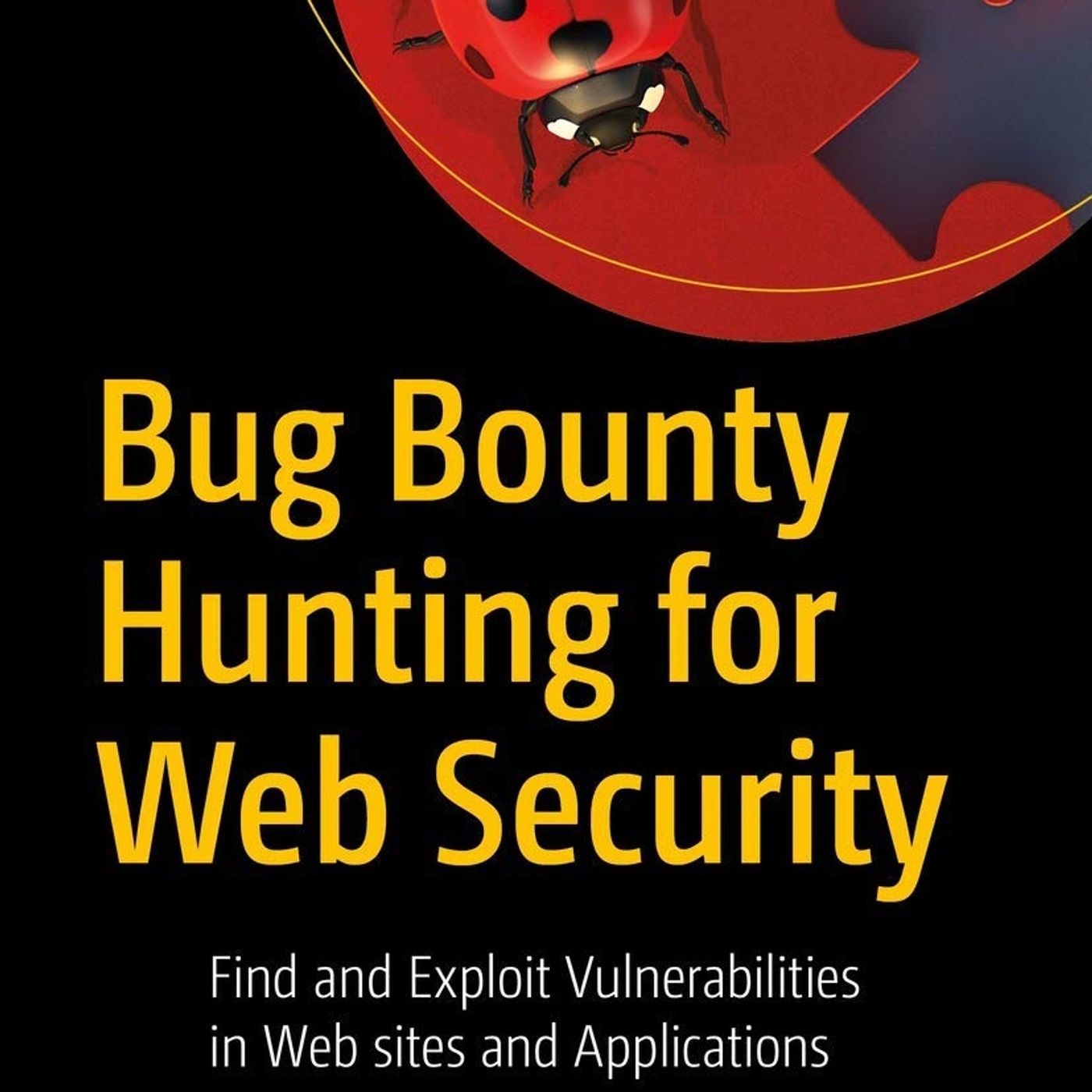
Serves as a guide for aspiring penetration testers and bug bounty hunters to identify and exploit web application vulnerabilities. It introduces essential tools like Burp Suite, OWASP ZAP, and Kali Linux, and demonstrates their practical application in setting up a secure virtual testing environment. The text then systematically explores various attack types, including Cross-site Request Forgery (CSRF), Cross-site Scripting (XSS), Header Injection and URL Redirection, Malicious File Uploads, Sender Policy Framework (SPF) poisoning, XML External Entity (XXE) Injection, Command Injection, HTML Injection, and SQL Injection, providing detailed explanations and practical examples for each. The author emphasizes the importance of...
The Little Black Book of Computer Viruses: The Basic Technology
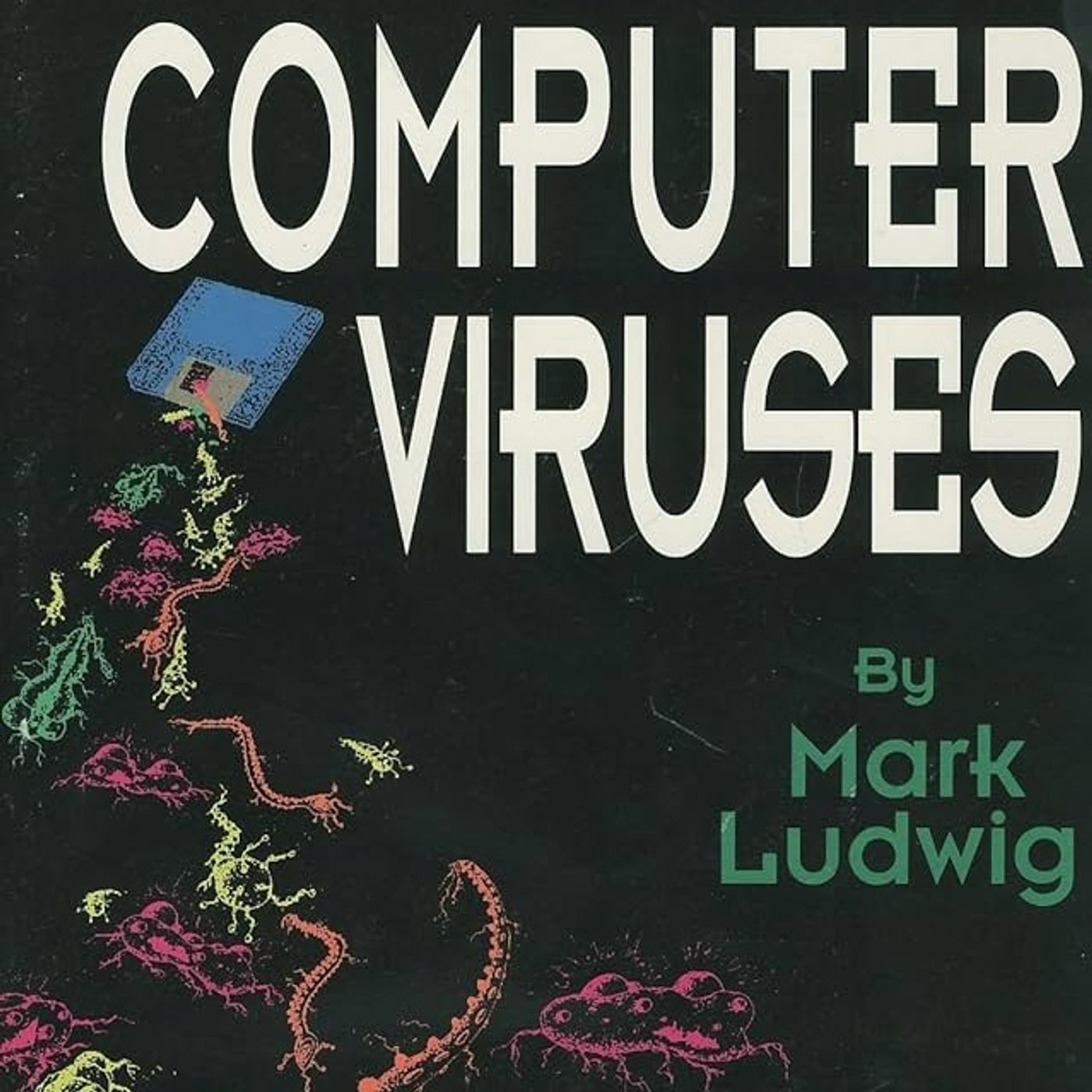
Explores the fundamental technology of computer viruses, including various types like COM file infectors, executable viruses, and boot sector viruses, and provides detailed assembly language code examples for each, such as the TIMID, INTRUDER, KILROY, and STEALTH viruses. The author defends the publication of such technical information, arguing for its educational value and the right to explore these concepts, while also cautioning against irresponsible and illegal use. The text further includes details on ordering related publications and software, highlighting the publisher's stance on privacy for credit card transactions.
You can listen and download our episodes...
Beginning Sensor Networks with XBee, Raspberry Pi, and Arduino: Sensing the World with Python and MicroPython

Provides an in-depth guide to building sensor networks. The book covers fundamental concepts like sensor network anatomy, various sensor types, and data interpretation, alongside practical application. It details the use of popular hardware platforms such as XBee modules, Raspberry Pi, and Arduino, explaining their setup, programming, and integration. Readers will find numerous projects demonstrating local and remote data storage, including database integration with MySQL and cloud storage via ThingSpeak, offering a complete resource for both beginners and experienced enthusiasts.
You can listen and download our episodes for free on more than 10 different platforms:
<...
Beginning Programming With Python For Dummies, 2Ed

Provides an extensive introduction to Python programming. It covers fundamental concepts such as interacting with the Python command line, understanding data types, and managing information through operators and functions. The book also explains crucial programming constructs like decision-making with if statements and performing repetitive tasks with loops, along with strategies for error handling and debugging. Furthermore, it explores advanced topics including package interaction, class creation, and data storage in files, concluding with resources for further learning and practical applications of Python in various fields.
You can listen and download our episodes for free on more...
BackTrack 5 Wireless Penetration Testing Beginner's Guide

Serves as a comprehensive guide for understanding and executing wireless network penetration tests using the BackTrack 5 platform. Authored by Vivek Ramachandran, a recognized expert in Wi-Fi security, the text provides step-by-step practical demonstrations on identifying and exploiting vulnerabilities in wireless networks. It covers a wide array of topics, from setting up a wireless lab and understanding WLAN frames to bypassing authentication mechanisms, cracking WEP and WPA/WPA2 encryption, and conducting advanced Man-in-the-Middle (MITM) attacks. The guide also addresses attacking WPA-Enterprise and RADIUS systems, and outlines a complete wireless penetration testing methodology, ensuring readers gain a solid foundation in securing...
Azure Databricks Cookbook: Accelerate and scale real-time analytics solutions using the Apache Spark-based analytics service
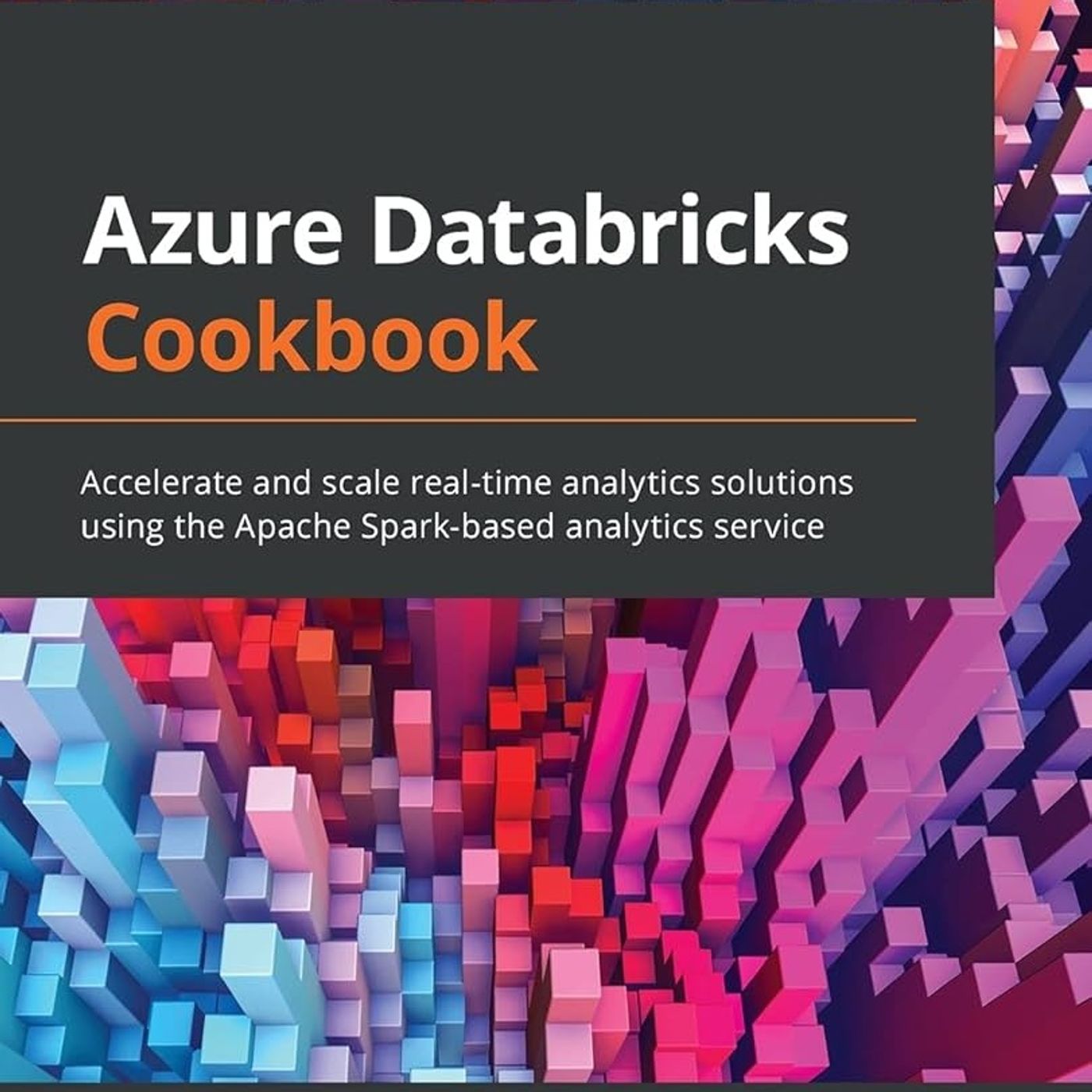
Provides an in-depth guide to Azure Databricks, focusing on its practical applications in big data solutions and real-time analytics. It covers fundamental concepts such as creating and managing Databricks workspaces, clusters, and notebooks, alongside advanced topics like integrating with Azure services (Azure Key Vault, Azure App Configuration, Azure Log Analytics), understanding Spark query execution, and utilizing Delta Lake for reliable data storage and performance optimization. The sources also walk through building a modern data warehouse with streaming capabilities, incorporating DevOps practices for CI/CD, and securing data access using Role-Based Access Control (RBAC) and Access Control Lists (ACLs), ultimately...
Automate it
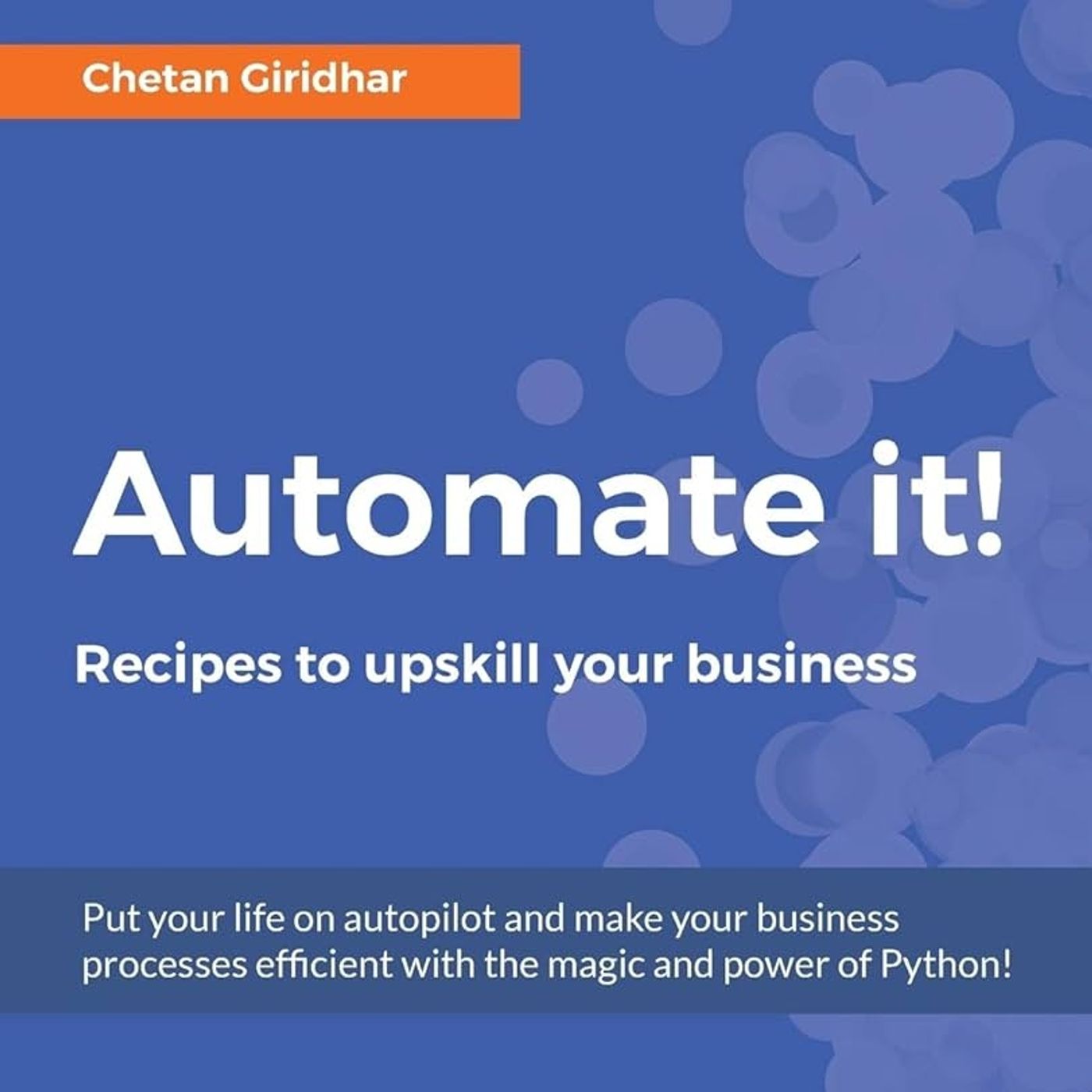
Offers Python-based solutions for business process automation. Authored by Chetan Giridhar and reviewed by Maurice HT Ling, the book covers a wide array of topics, including web interaction, data management with CSV and Excel, PDF and Word document manipulation, SMS and voice notifications, API utilization, bot development, image processing, and data analysis. Readers will find practical recipes to automate tasks in various departments such as HR, marketing, and customer support, with examples ranging from lead generation and social media analysis to generating personalized new hire orientations and automating customer support email responses. The book emphasizes leveraging Python modules like...
Asterisk Hacking

Provides an in-depth guide to Asterisk, an open-source Private Branch Exchange (PBX) and Voice over Internet Protocol (VoIP) system. It covers installation methods, ranging from Live CDs to compiling from scratch, and offers detailed instructions on configuring various aspects such as dial plans, voicemail, and different VoIP protocols like SIP and IAX2. The sources also explore integrating Asterisk with external applications using the Asterisk Gateway Interface (AGI) and discuss VoIP security threats, including denial-of-service attacks and ARP spoofing, providing insights into their mechanisms and potential mitigations. Furthermore, the text touches upon hardware considerations for setting up Asterisk, emphasizing the...
Artificial Intelligence With Python
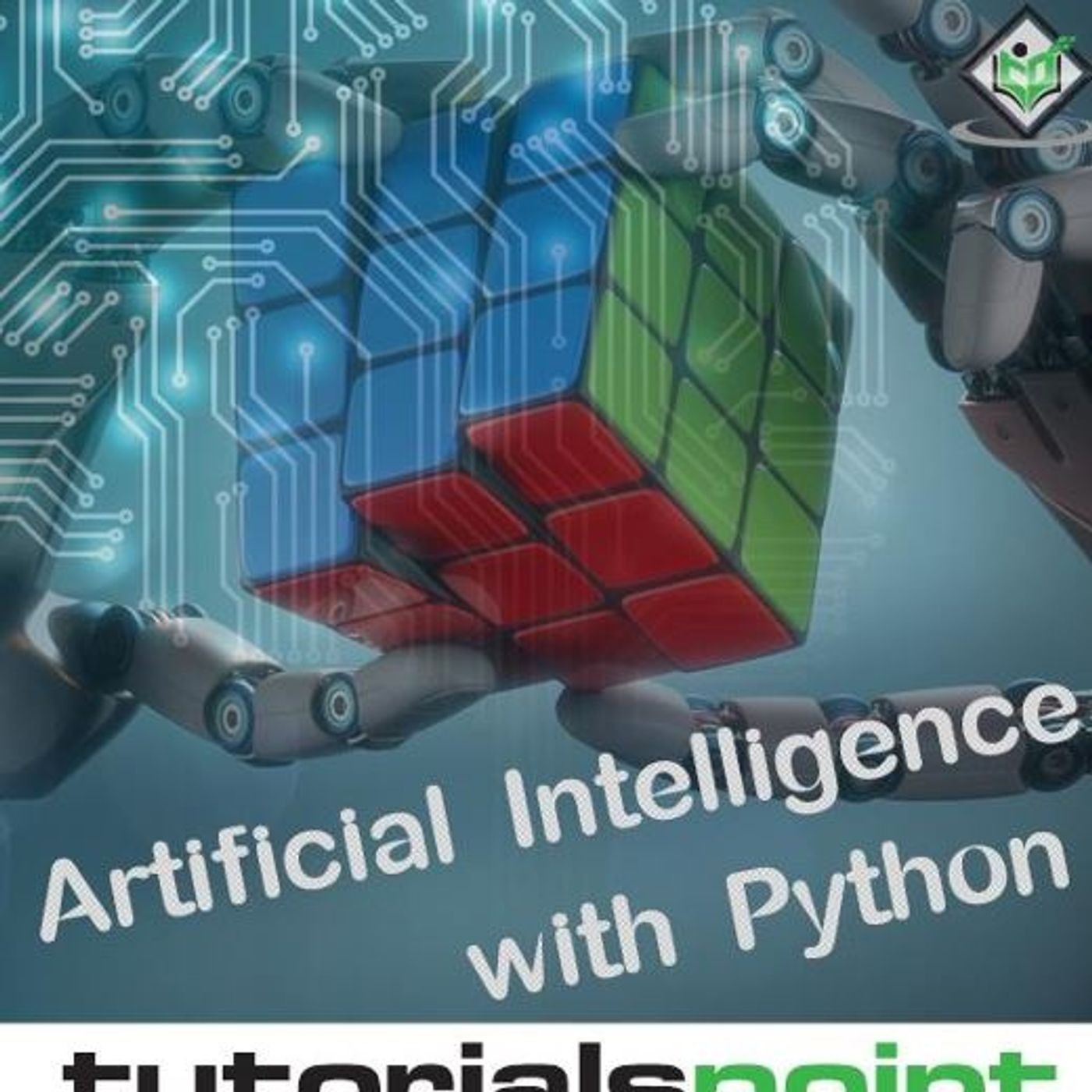
Serves as a comprehensive tutorial on artificial intelligence concepts and their practical application using Python. It explores various AI subfields such as Artificial Neural Networks (ANN), Natural Language Processing (NLP), Machine Learning (ML), Deep Learning, and Genetic Algorithms, detailing their fundamental principles and Python implementations. The tutorial covers essential topics including data preparation, different types of machine learning algorithms (supervised, unsupervised, reinforcement), logic programming, time series analysis, audio signal processing, heuristic search, and computer vision. It's designed for students and learners interested in understanding and building AI applications, assuming a basic familiarity with AI terminology and Python programming, including...
Artificial Intelligence in Finance: A Python-Based Guide
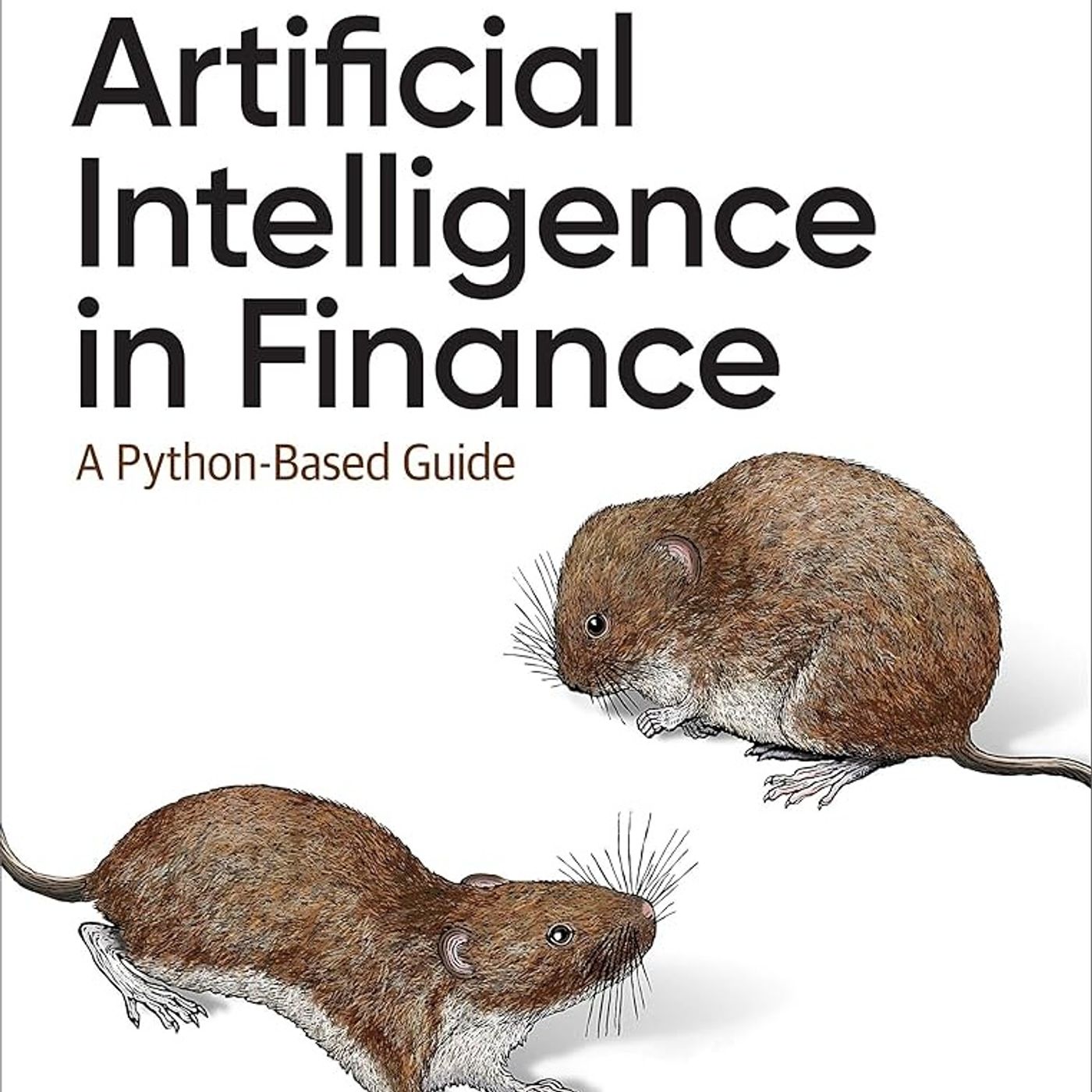
Explores the integration of AI, particularly deep learning and reinforcement learning, with financial concepts. It contrasts normative financial theories like CAPM and APT with data-driven approaches, highlighting the limitations of traditional models. The content also details practical applications through Python code examples, covering topics such as data availability and processing, neural network architectures, and the development and backtesting of AI-driven trading bots. Furthermore, it discusses the broader implications of AI in finance, including competition, resource allocation, and the potential for a "financial singularity."
You can listen and download our episodes for free on more than 10...
Artificial Intelligence for .NET: Speech, Language, and Search: Building Smart Applications with Microsoft Cognitive Services APIs
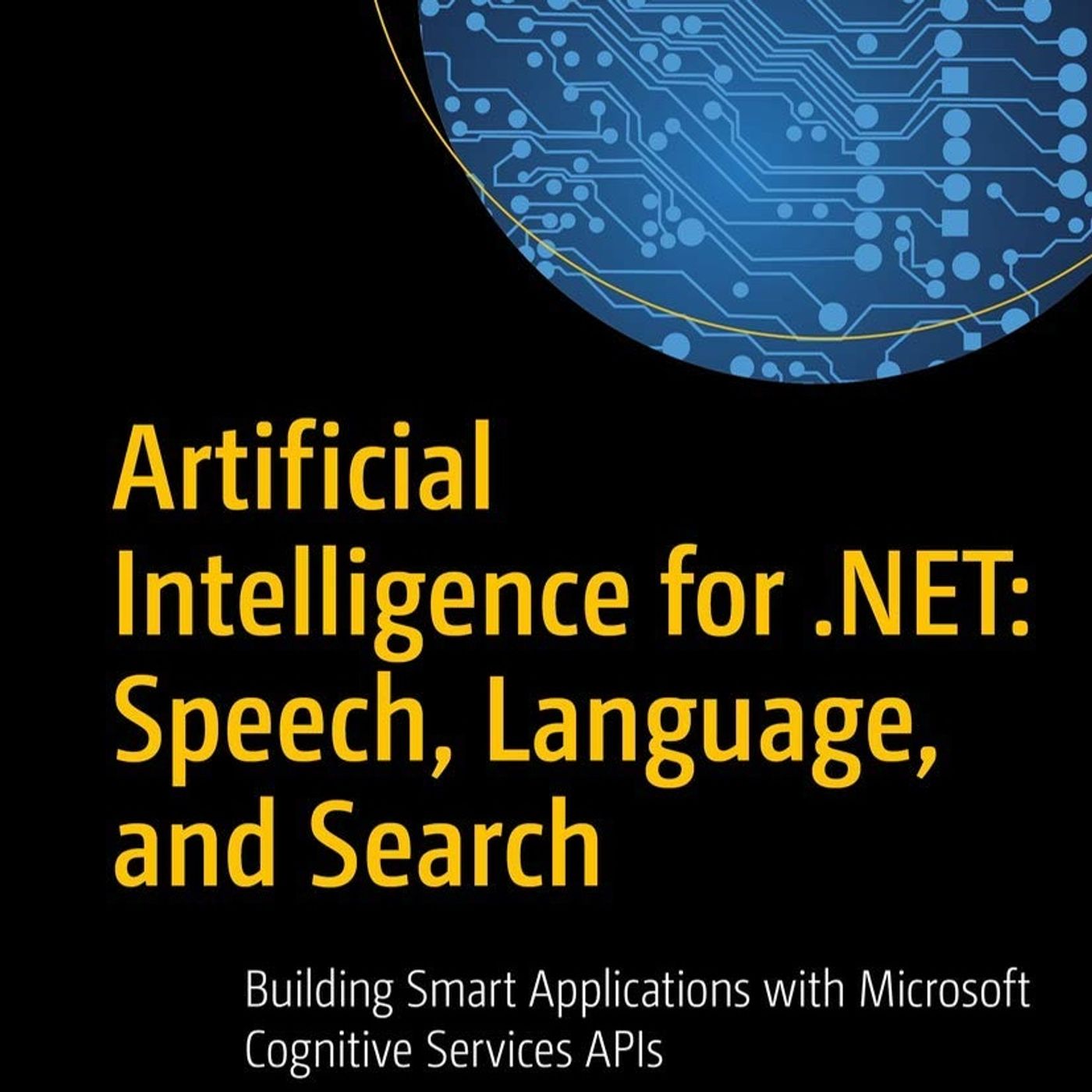
Serves as a practical guide for building smart applications using Microsoft Cognitive Services APIs. It covers the fundamental concepts of Artificial Intelligence (AI), including its history, current state, and the distinction between truth and fiction in AI. The book focuses on three key pillars of Cognitive Services: Speech, Language (Natural Language Understanding - NLU and Natural Language Processing - NLP), and Search. It details how to implement functionalities like conversational user interfaces (CUIs) using the Microsoft Bot Framework, process and understand human language with LUIS (Language Understanding Intelligent Service), integrate speech-to-text (STT) and text-to-speech (TTS) capabilities, and leverage Bing...
Arduino Workshop: A Hands-On Introduction with 65 Projects
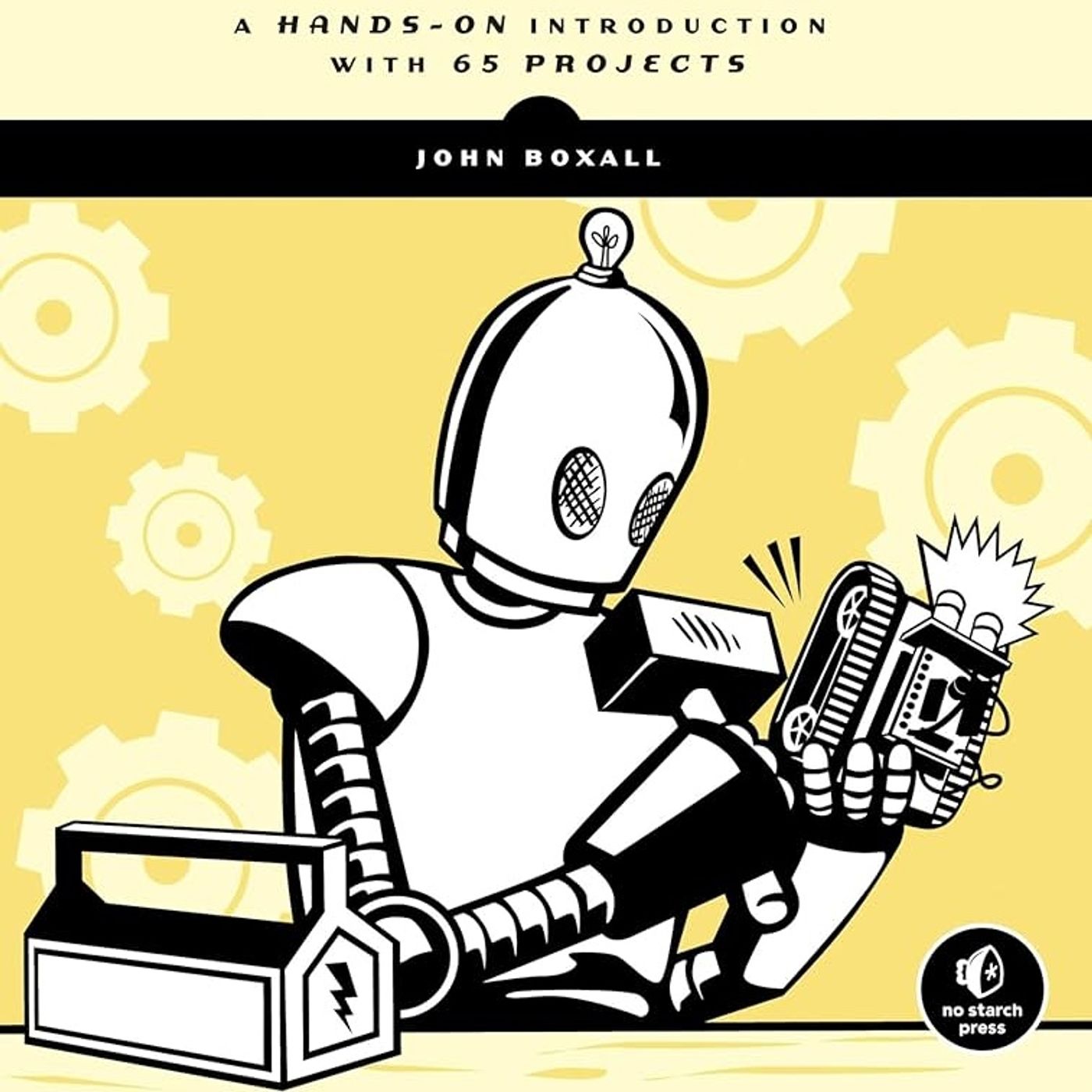
Introduces the Arduino platform, a flexible, open-source microcontroller designed for hobbyists to create electronic projects. It details how to set up and program the Arduino IDE, explaining fundamental electronic components like resistors, LEDs, and breadboards, alongside their schematic symbols. The material further explores advanced functionalities such as using various shields (e.g., Ethernet, microSD, GPS), incorporating sensors (temperature, IR distance), and employing wireless communication (RF, XBee, cellular) and numeric keypads. The sources also demonstrate practical applications through numerous hands-on projects, ranging from electronic dice to remote-monitoring stations and RFID control systems, while also touching upon related resources like The...
Arduino programming: the ultimate beginner's guide to learn Arduino programming step by step
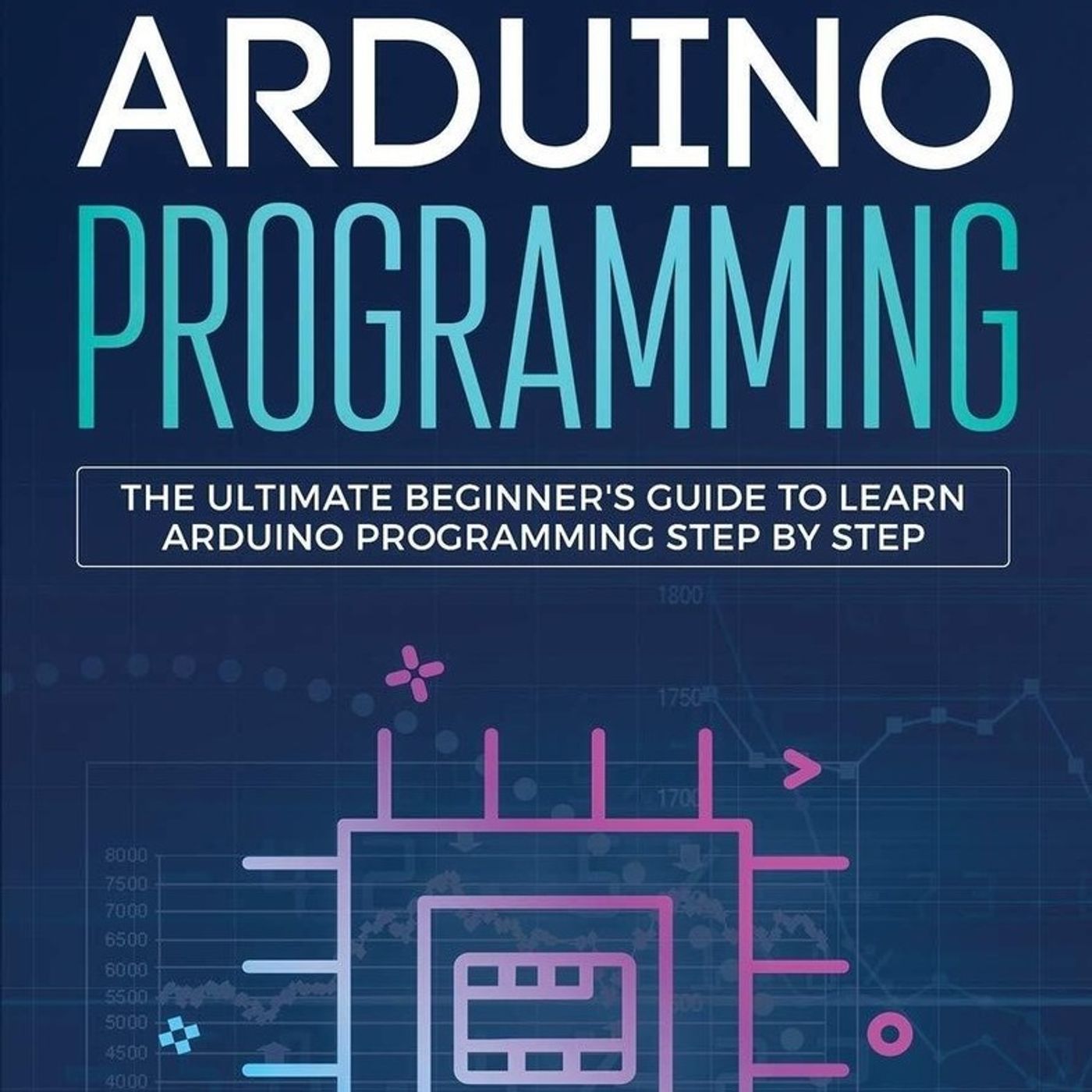
Introduces Arduino programming, explaining what Arduino is and its historical development. It details the advantages of using Arduino, such as its cost-efficiency and open-source nature, while also providing a glossary of key terms essential for understanding the technology. The book further explores various Arduino board options, outlining their specifications to aid in selection, and guides users through the initial setup and coding process. Throughout, it explores fundamental C language basics, including data types, operators, logical statements, and functions, offering practical examples and assignments to reinforce learning.
You can listen and download our episodes for free...
Arduino Cookbook: Recipes to Begin, Expand, and Enhance Your Projects
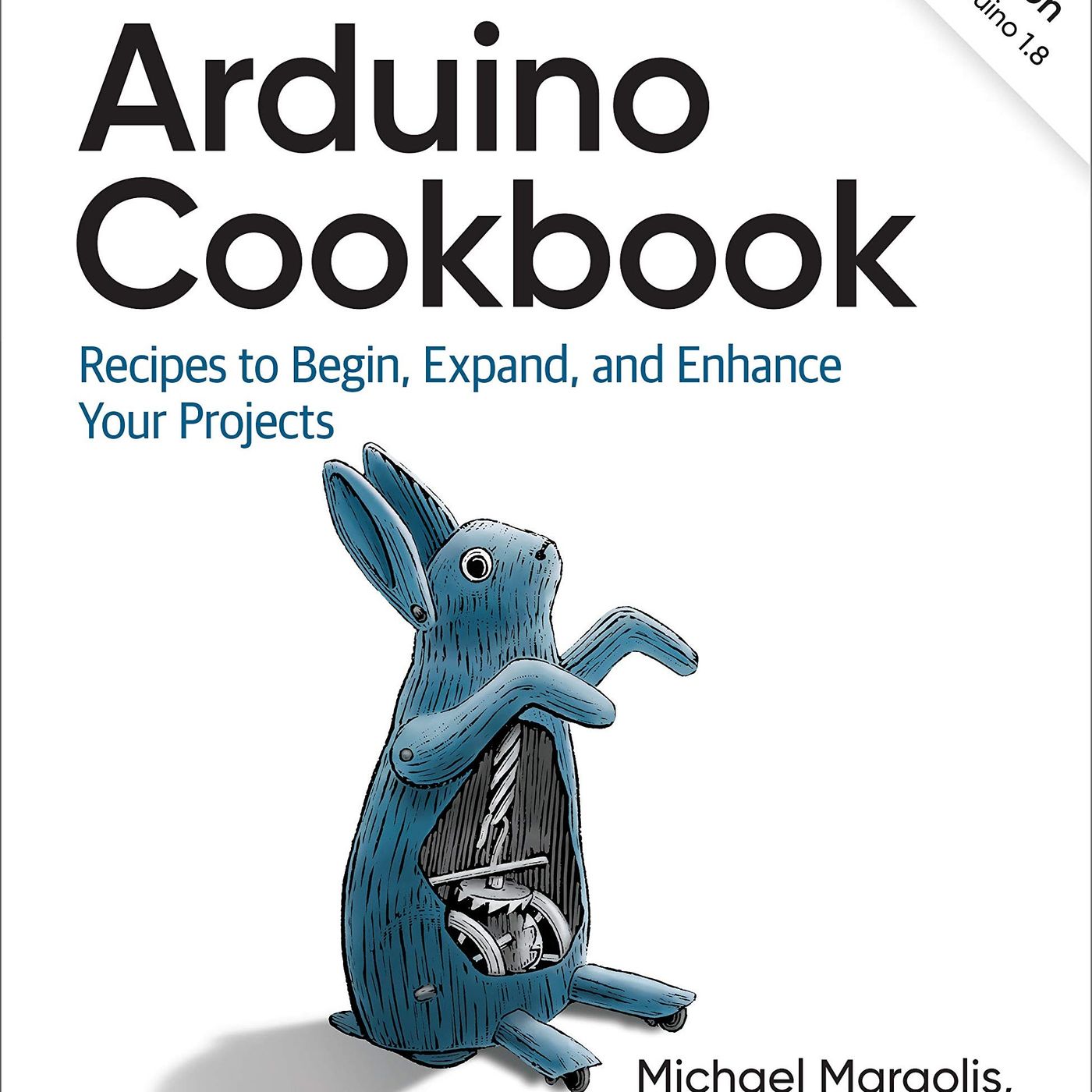
Offers recipes for beginning, expanding, and enhancing projects with Arduino microcontrollers. It covers a wide array of topics, from fundamental mathematical operations and programming concepts like variables, functions, and arrays, to intricate hardware interactions. The book details working with sensors for various inputs like light, sound, and temperature, and controlling physical outputs such as LEDs, motors, and displays. Furthermore, it explores advanced communication methods including serial, wireless, and network protocols like WiFi and Ethernet, providing practical advice on troubleshooting software and hardware issues along with insights into the Arduino build process and library creation.
You...
Approach To Real World Hacking

Serves as a practical guide to various cybersecurity techniques, emphasizing ethical hacking. It systematically covers methods such as Cracking SSH, Wi-Fi Hacking using the "Evil Twin" method, and Doxxing with tools like Maltego. The guide also details Phishing attacks, including how to embed malicious links into applications, and explains bypassing CloudFlare protection to reveal real IP addresses. Furthermore, it explores Privilege Escalation techniques, setting up a Honeypot to catch attackers, performing Banner Grabbing, and executing ARP Poisoning attacks to intercept network traffic. Finally, the document concludes with instructions on securely sharing files over the Tor network, a basic Capture...
Applied Deep Learning: A Case-Based Approach to Understanding Deep Neural Networks
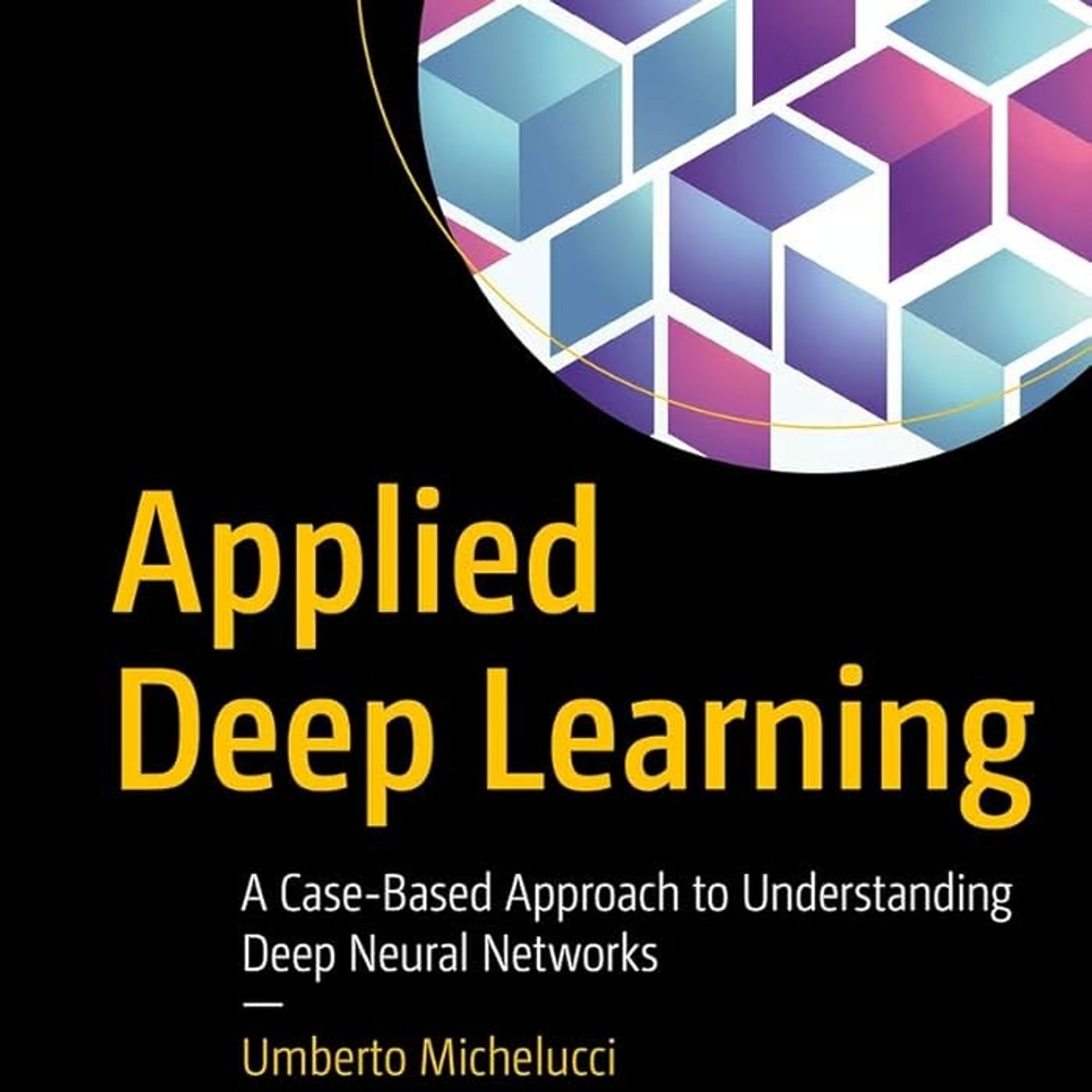
Guides readers through fundamental concepts of deep learning, including computational graphs, single neurons, and feedforward neural networks, often using TensorFlow for practical implementation. The author emphasizes understanding the mathematical underpinnings of algorithms, discusses optimization techniques like gradient descent and Adam, and addresses critical aspects such as regularization to combat overfitting, metric analysis for model evaluation, and hyperparameter tuning. Chapters further explore advanced network architectures like convolutional and recurrent neural networks, and demonstrate their application in real-world scenarios.
You can listen and download our episodes for free on more than 10 different platforms:
https...
Hacking With Experts

Serves as a comprehensive guide to various computer-related topics, with a strong emphasis on "ethical hacking" techniques and digital security. The text begins with a legal disclaimer emphasizing that the information is solely for educational and research purposes. It then introduces "Anurag," a young computer enthusiast, and outlines the book's table of contents, which covers hacking methodologies like tabnapping, keyloggers, and Wi-Fi exploitation, alongside security enhancements and troubleshooting tips for PC issues. Furthermore, the sources explore diverse subjects such as file management, media conversion, mobile phone tricks, network optimization, and even a basic introduction to C++ programming.
<...
AngularJS Web Application Development Cookbook
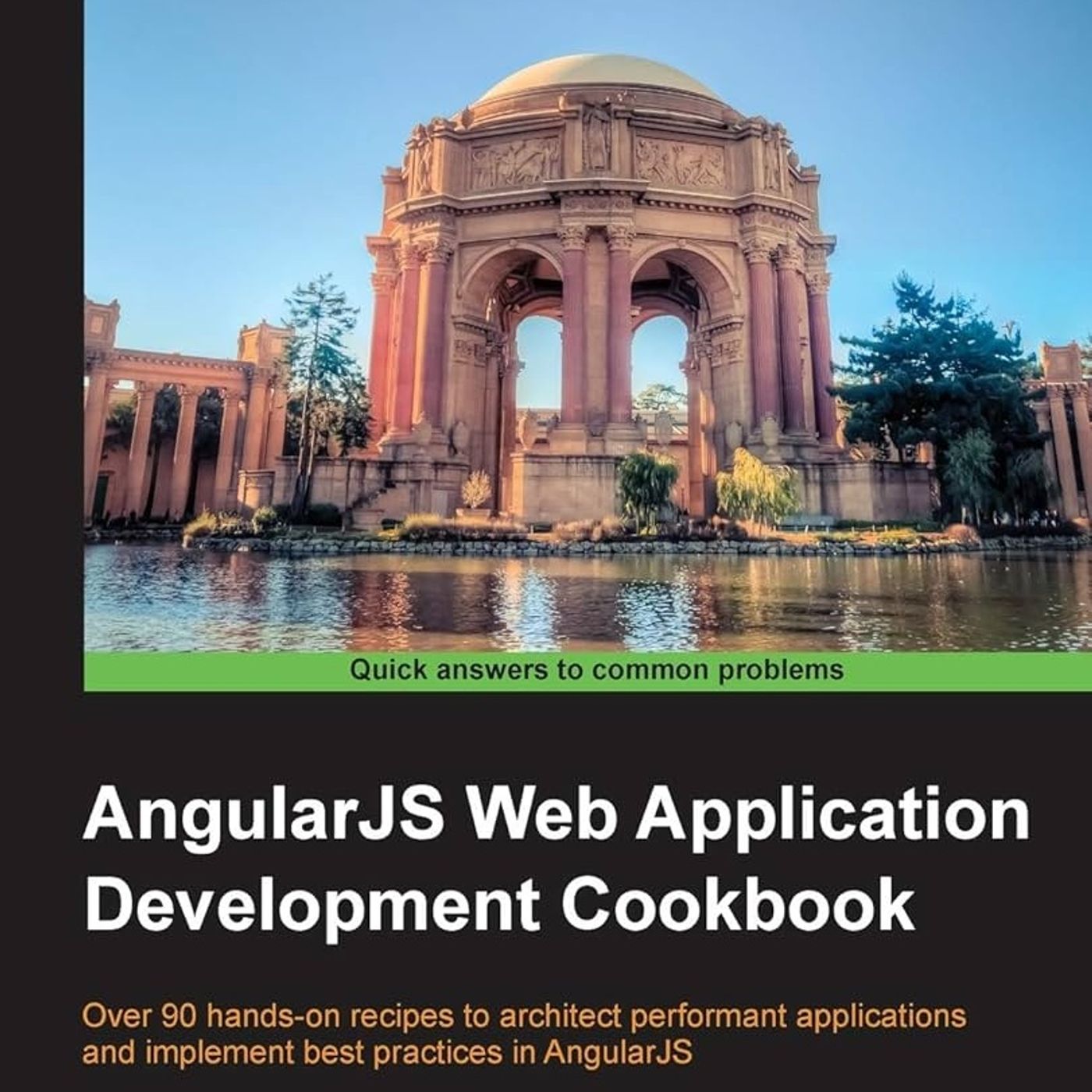
Offers over 90 practical recipes, authored by Matt Frisbie, to help users architect performant applications and implement best practices in AngularJS. The content covers a wide array of topics, including AngularJS directives, filters and service types, animations, application organization, scope and model management, testing methodologies (unit and end-to-end), and performance optimization techniques. Additionally, it includes sections on promises, HTML5 datetime input types, and AngularJS hacks, providing both conceptual understanding and hands-on examples. The book emphasizes building maintainable and testable applications, offering insights into common pitfalls and efficient coding patterns.
You can listen and download our episodes...
Android Notes for Professionals
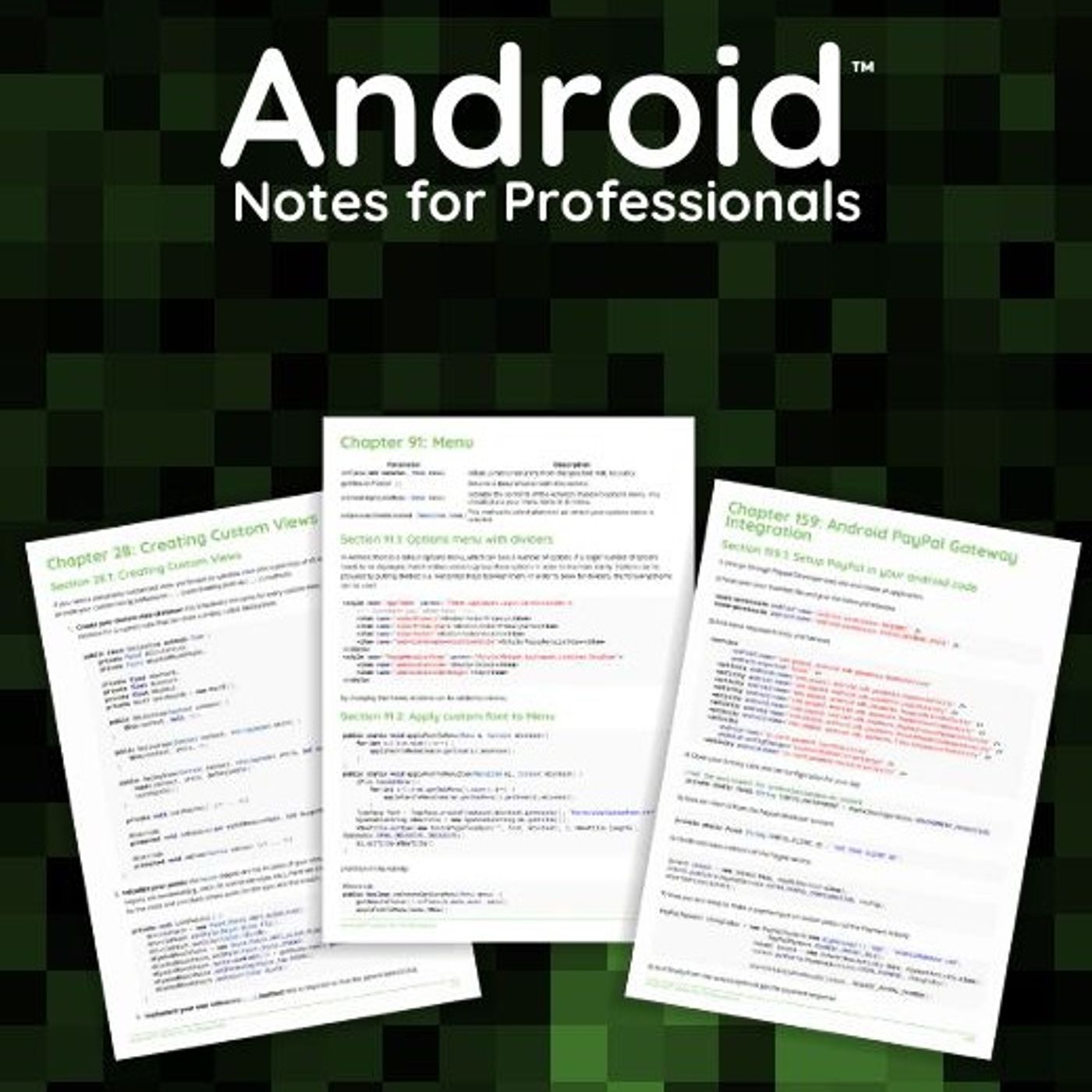
A comprehensive guide spanning over 1000 pages, offering professional hints and tricks for Android development. It covers a vast array of topics, beginning with getting started with Android Studio, creating new projects, and application fundamentals. The document explores various aspects of UI design, including Layouts, Views, and Material Design components, and discusses data management through SharedPreferences, SQLite, Realm, and FileProvider. Furthermore, it provides insights into network communication using Volley and OkHttp, handles multimedia with ExoPlayer and camera integration, and addresses advanced concepts like background processing (Threads, AsyncTask, JobScheduler), security, testing (Unit, UI, Robolectric), and internationalization.
You...
Android Design Patterns and Best Practice

Serves as a comprehensive guide for developing reliable, robust, and efficient Android applications. It explores various industry-standard design patterns, such as creational, structural, and behavioral patterns, demonstrating their practical application through the development of an imaginary sandwich-ordering app. The text also covers essential aspects of Android development, including UI design principles (like Material Design), data storage mechanisms (e.g., SharedPreferences and static files), notification systems, integration with social media platforms (Facebook and Twitter), and strategies for publishing and monetizing apps on diverse form factors like phones, tablets, Android TV, Android Wear, and Android Auto. Additionally, it provides insights into...
